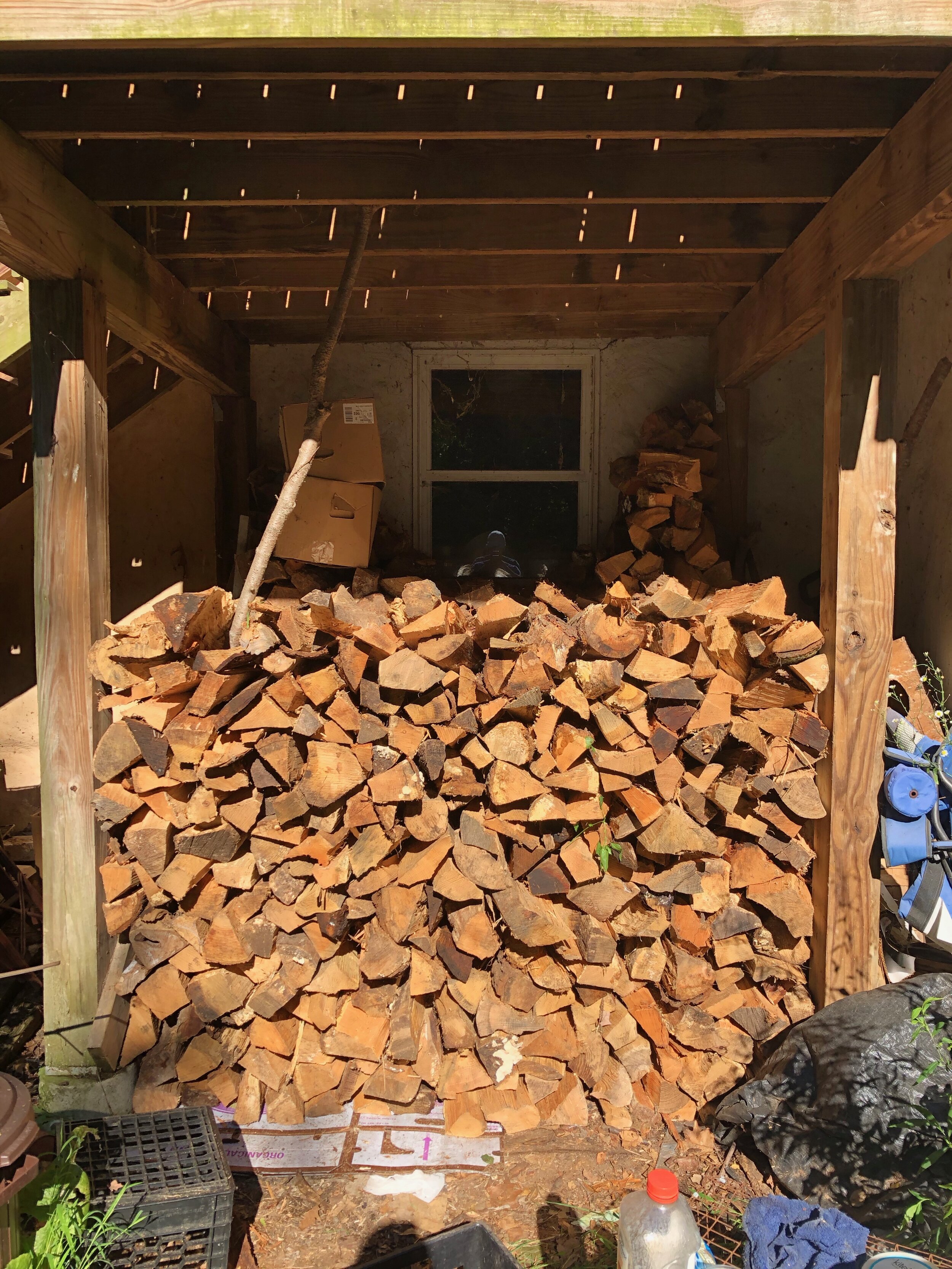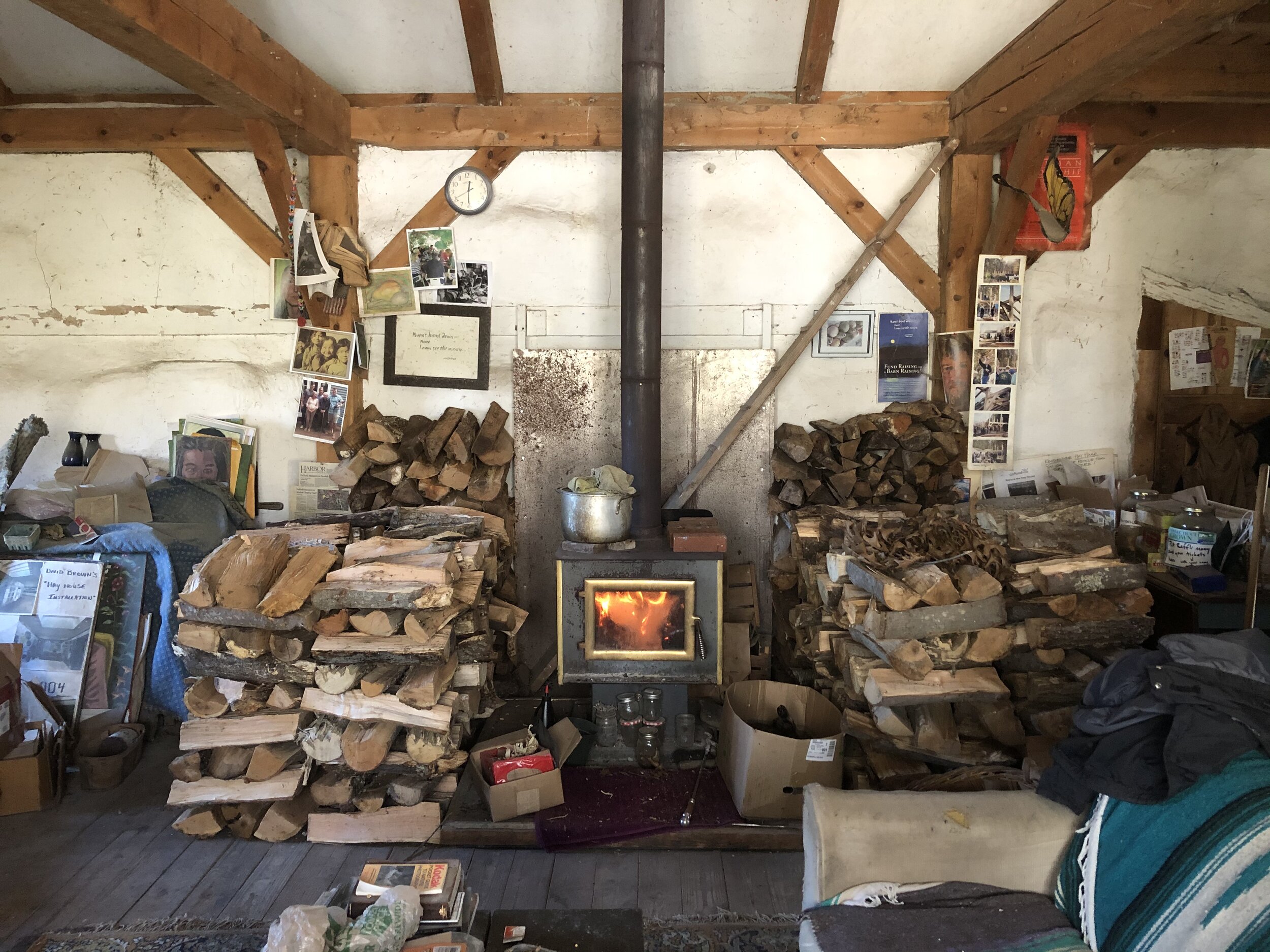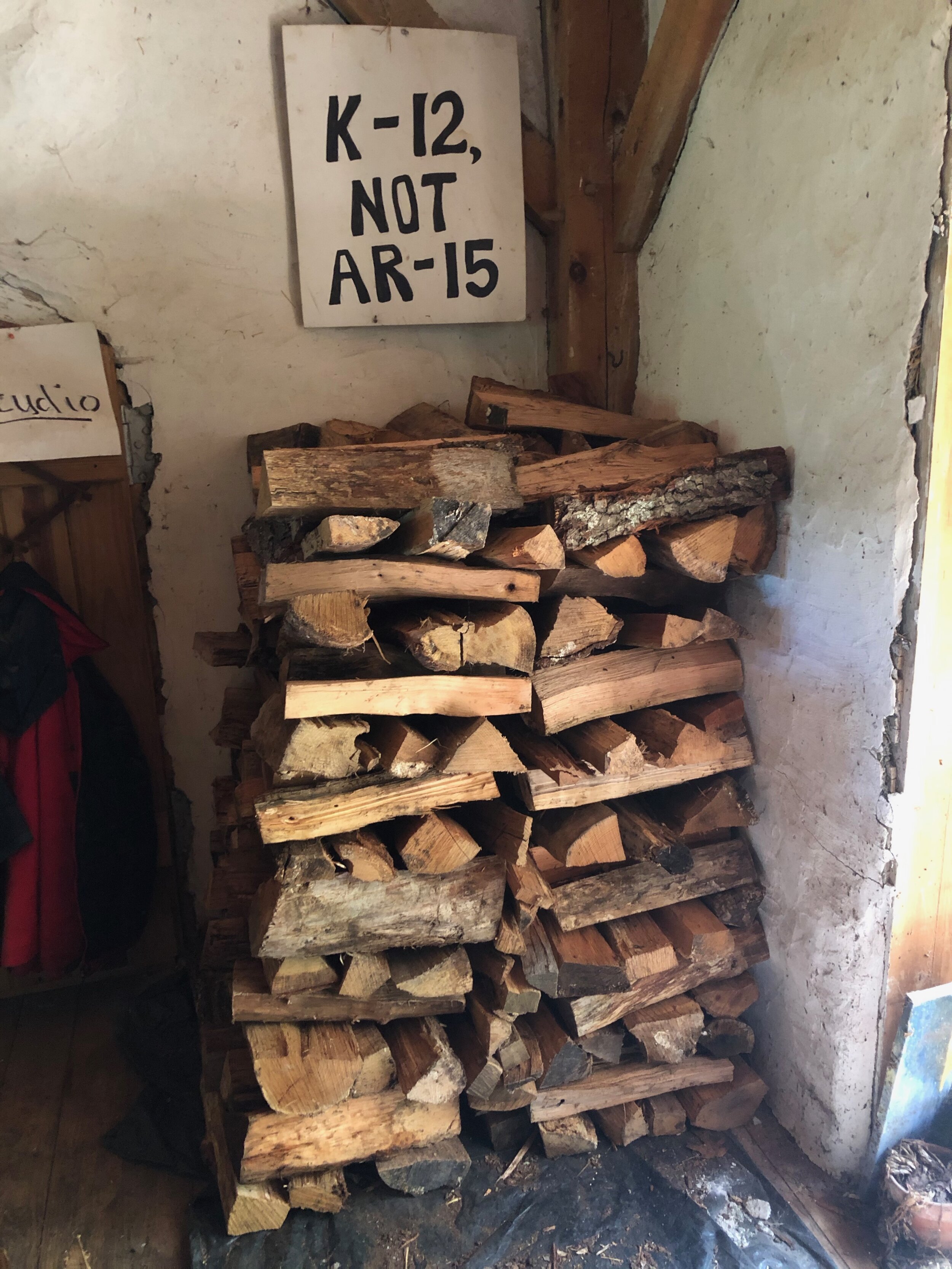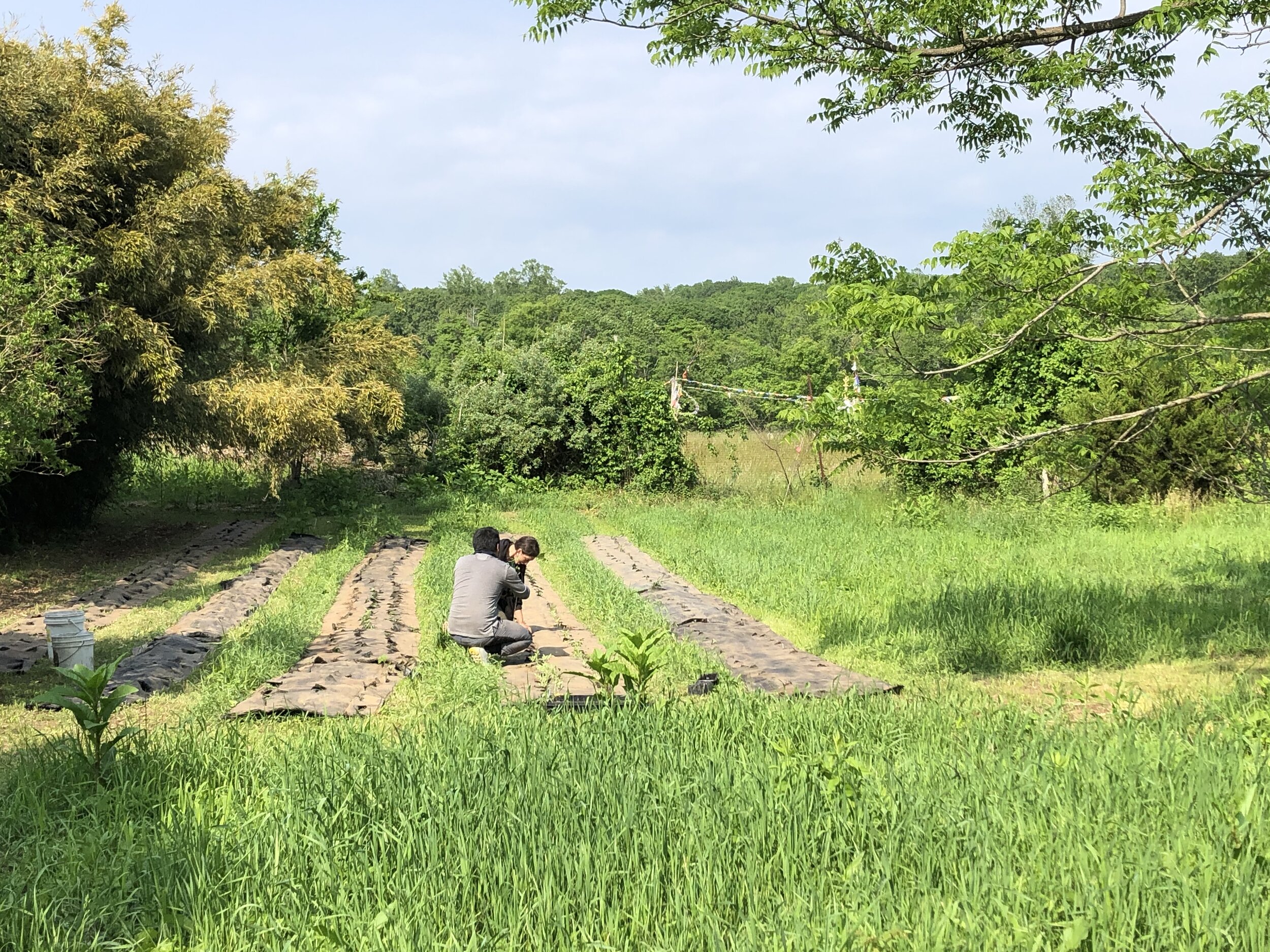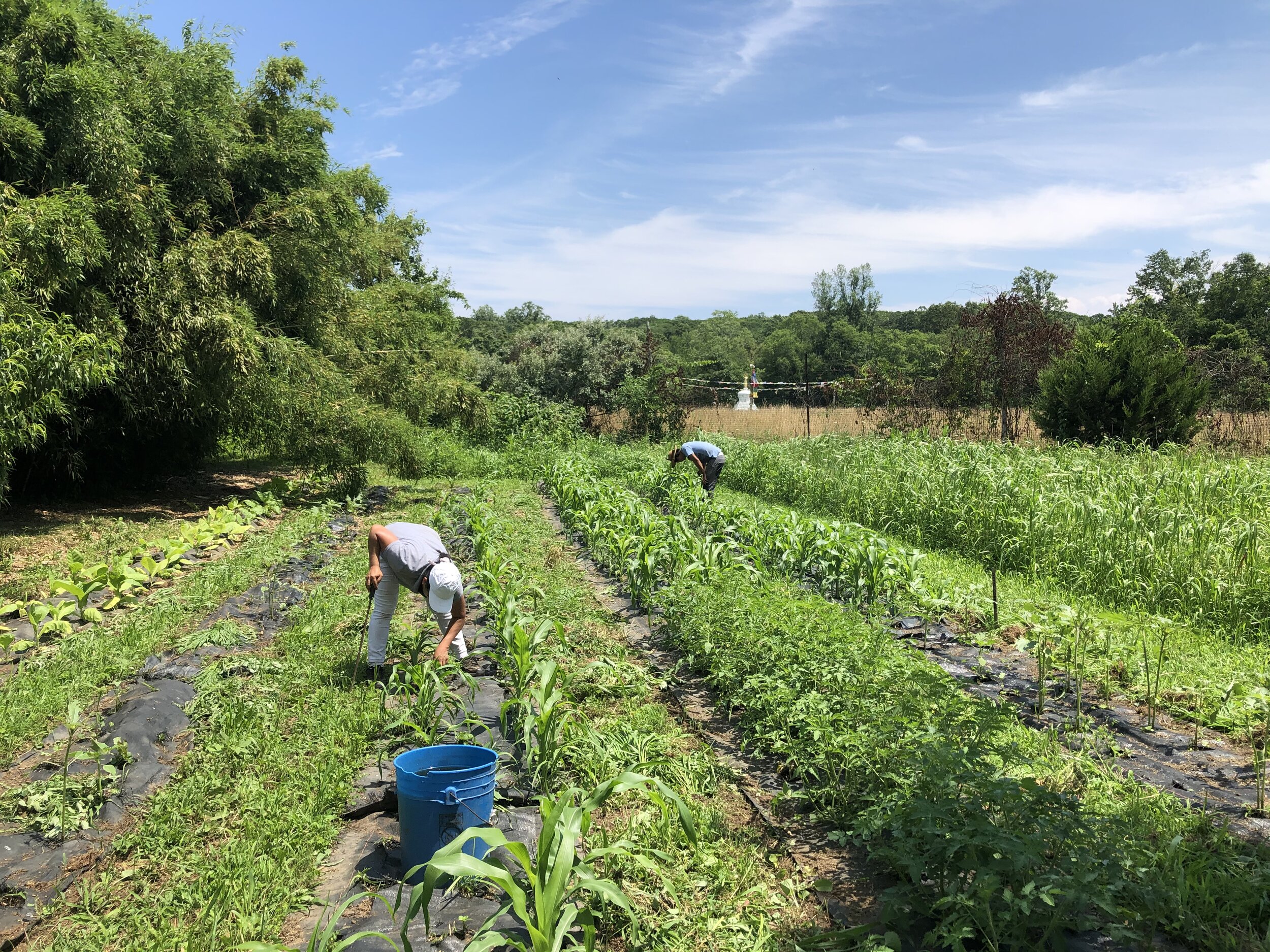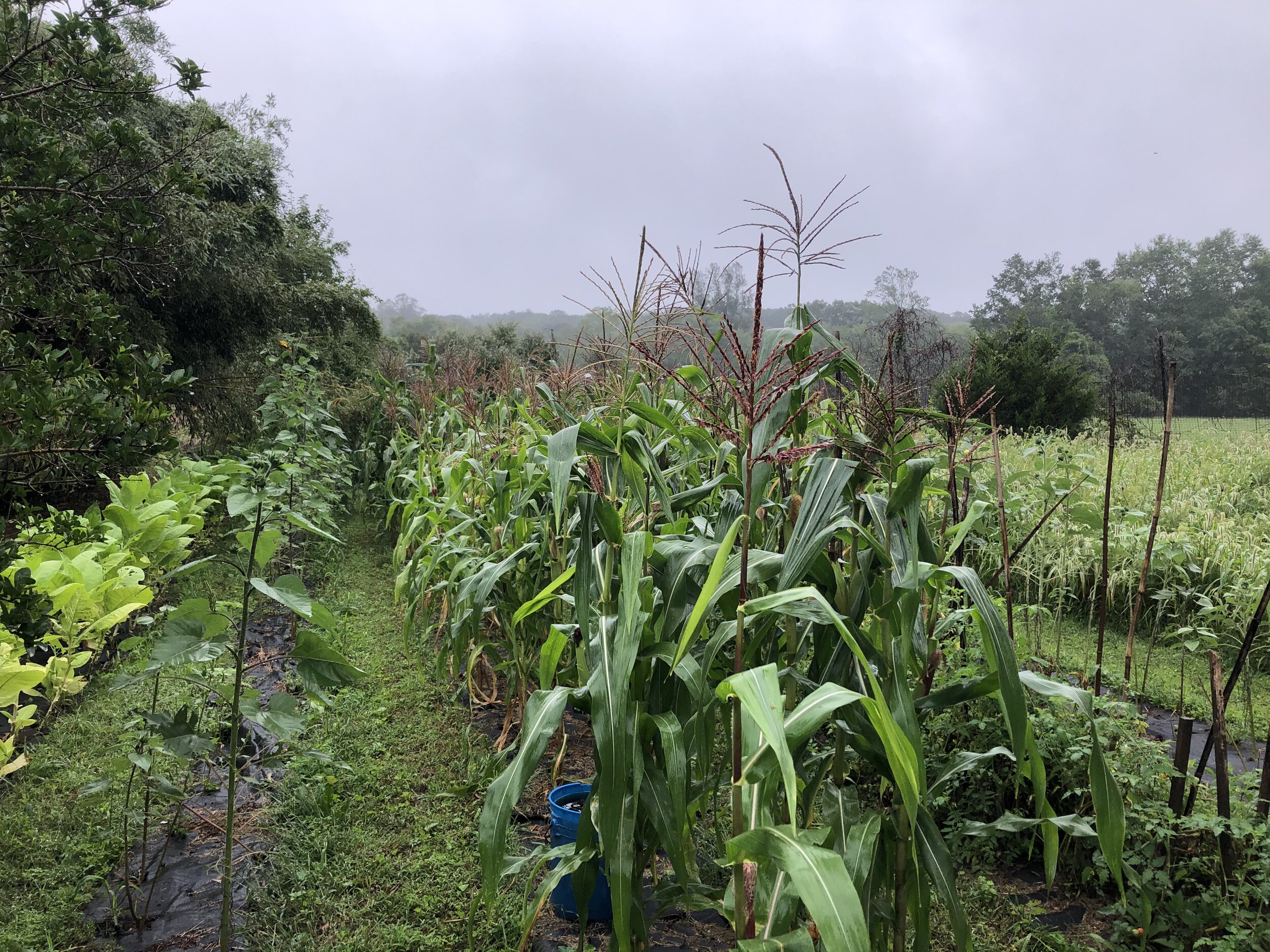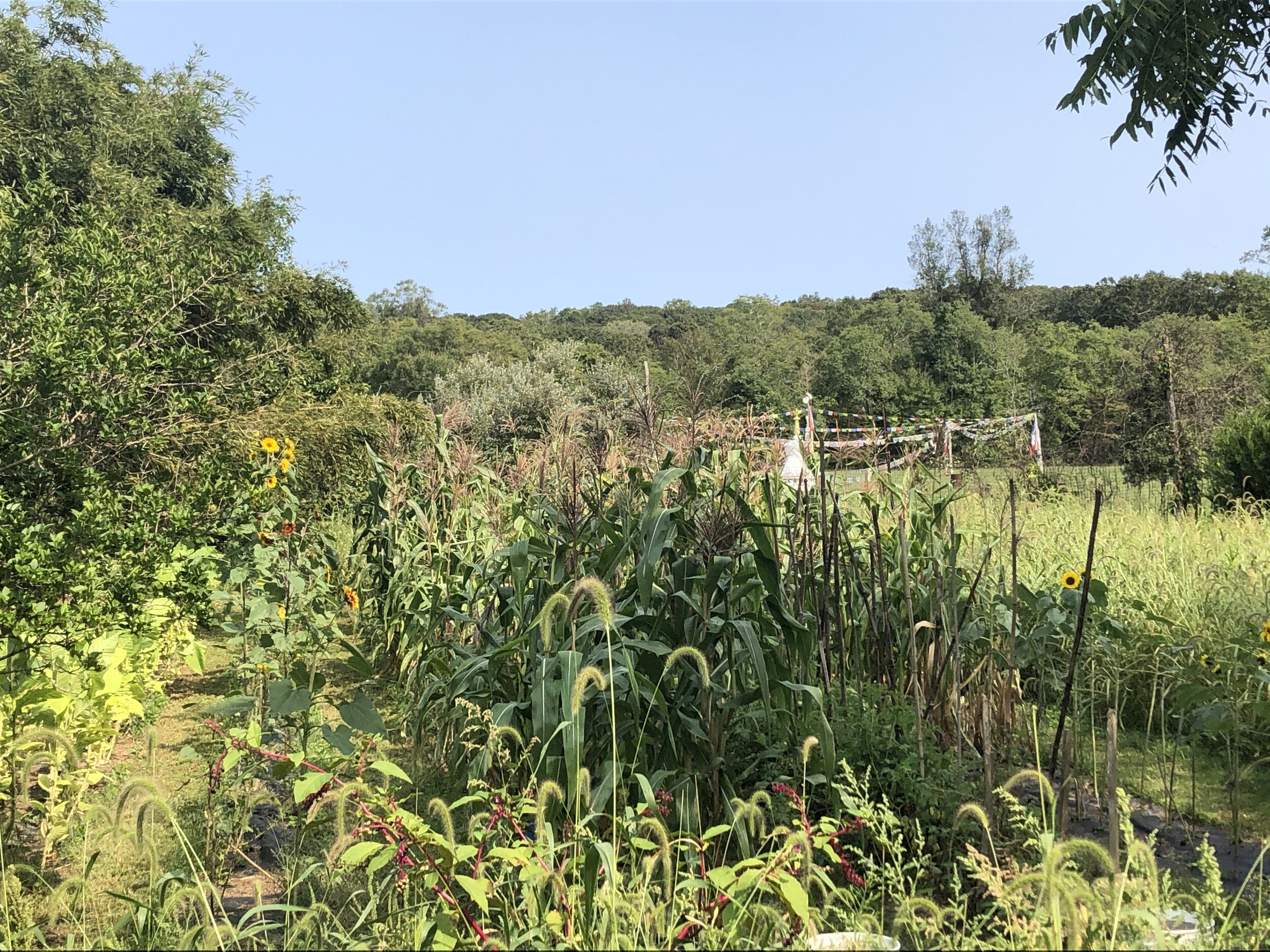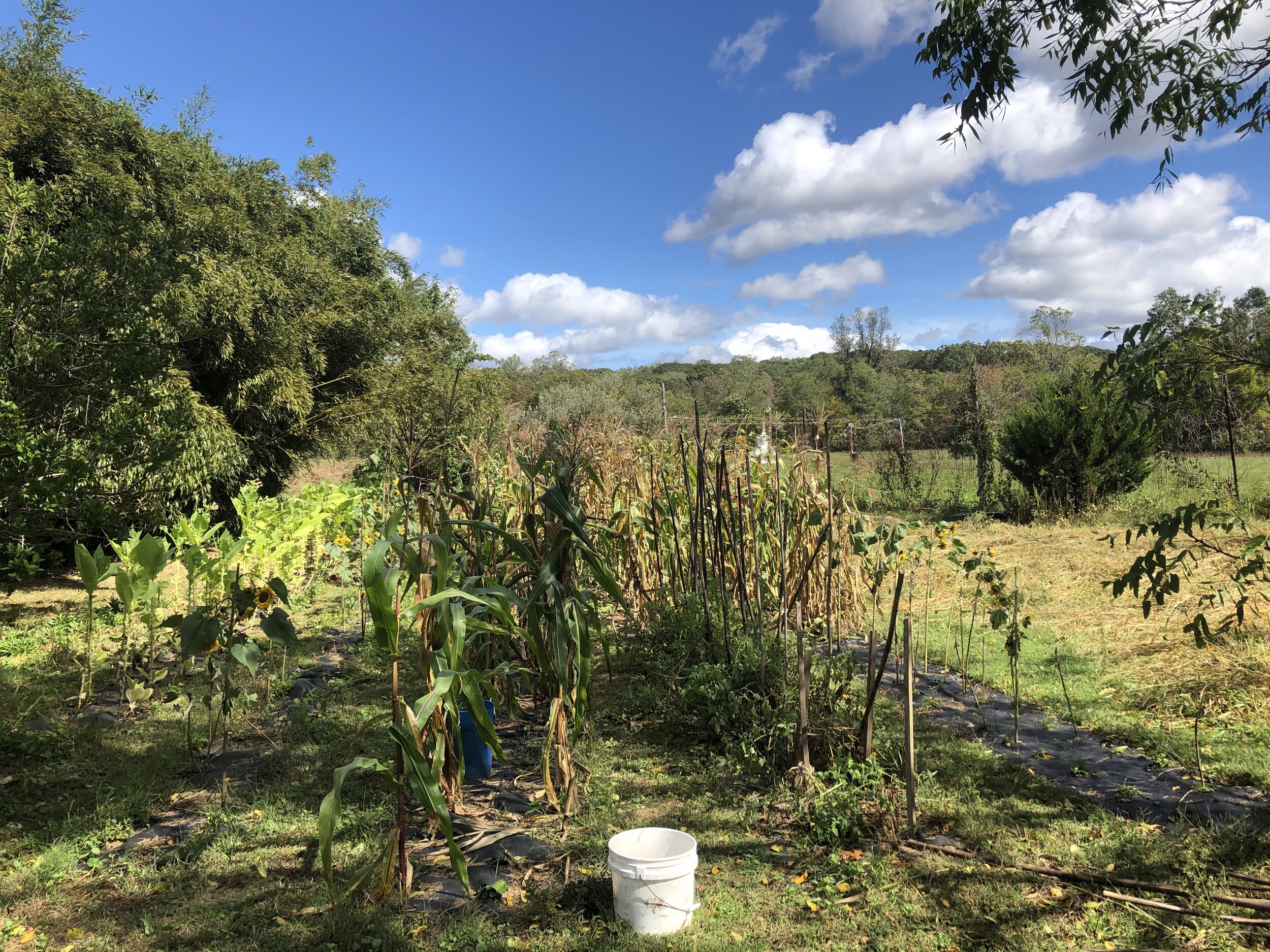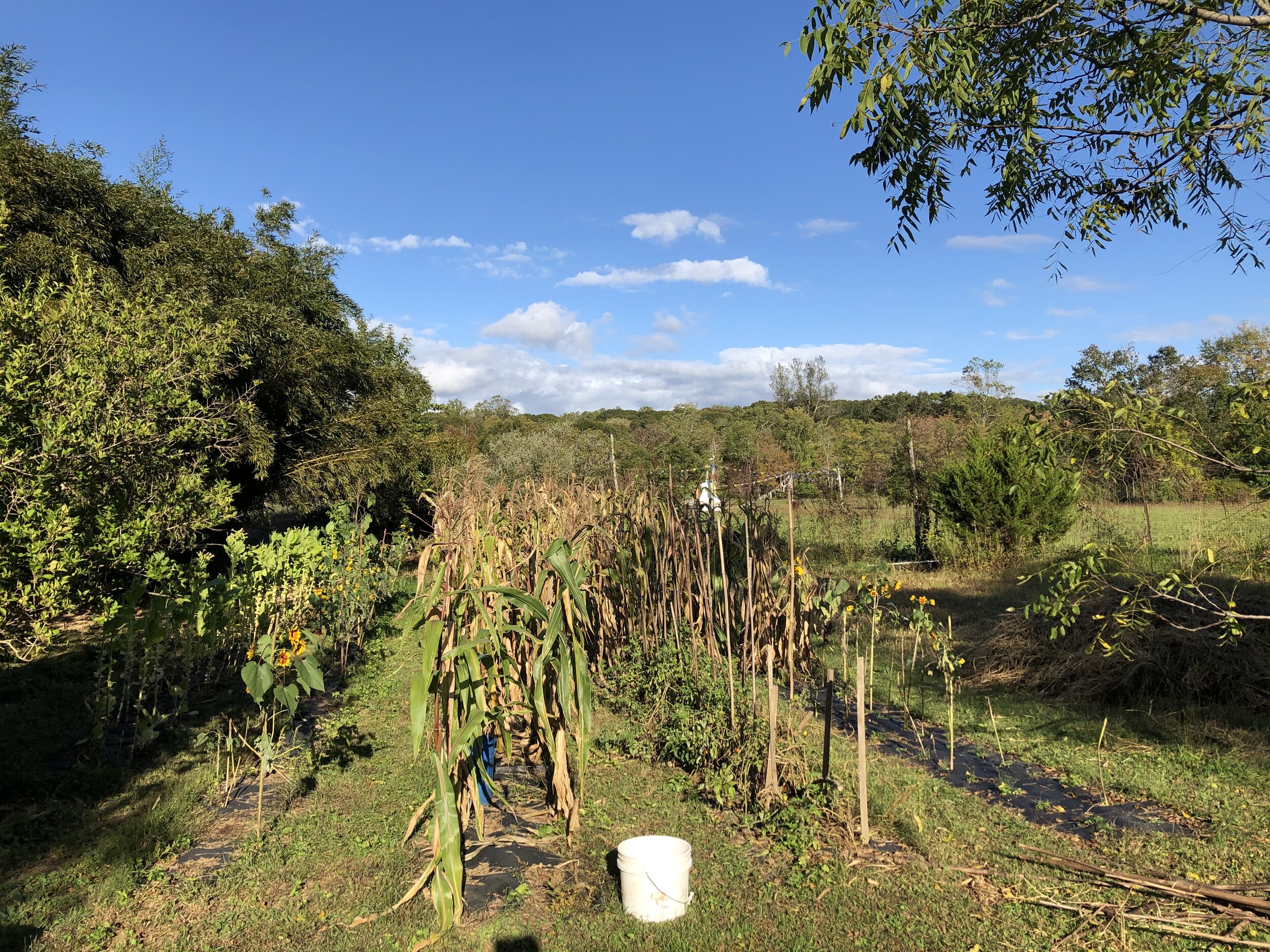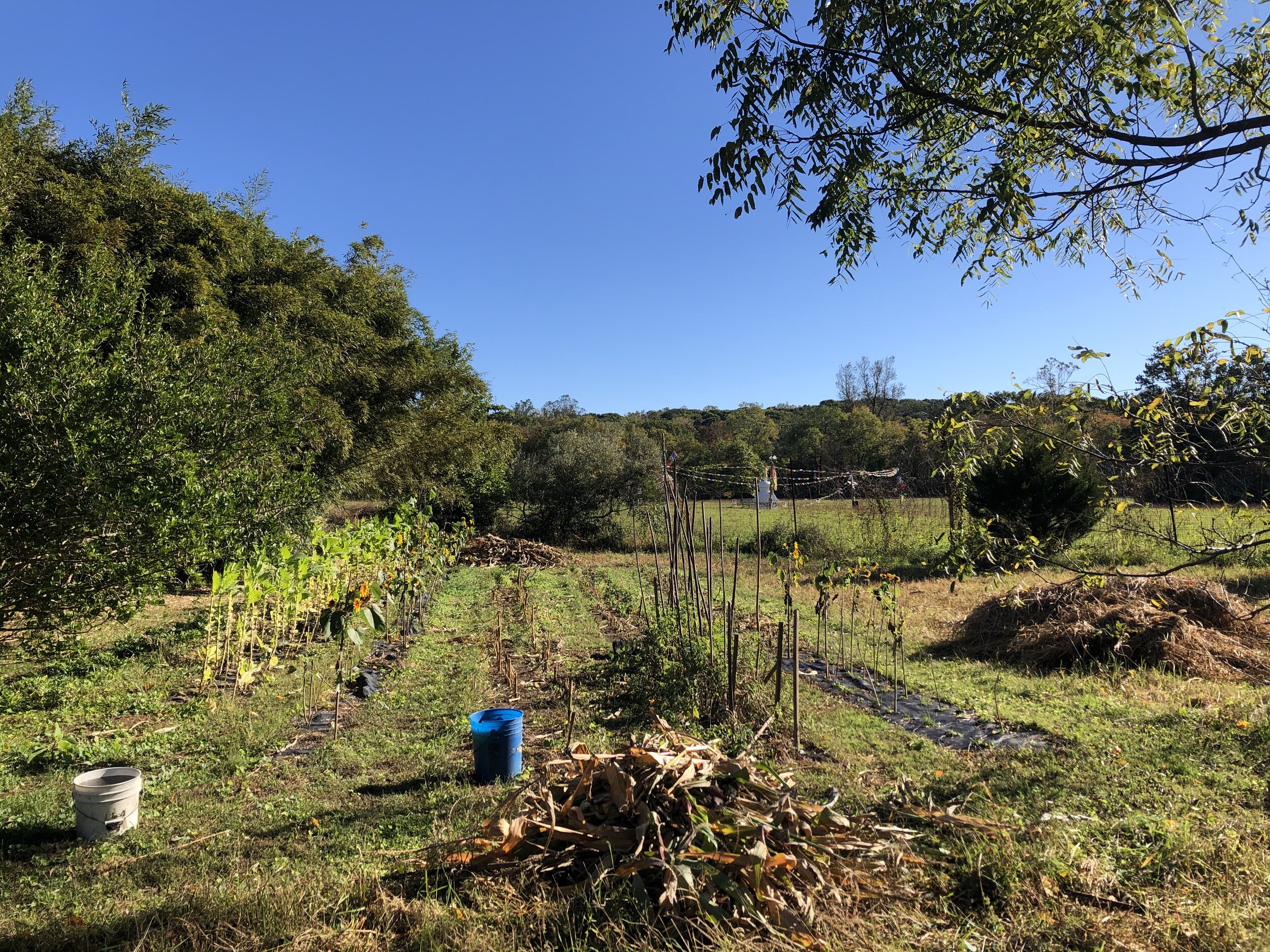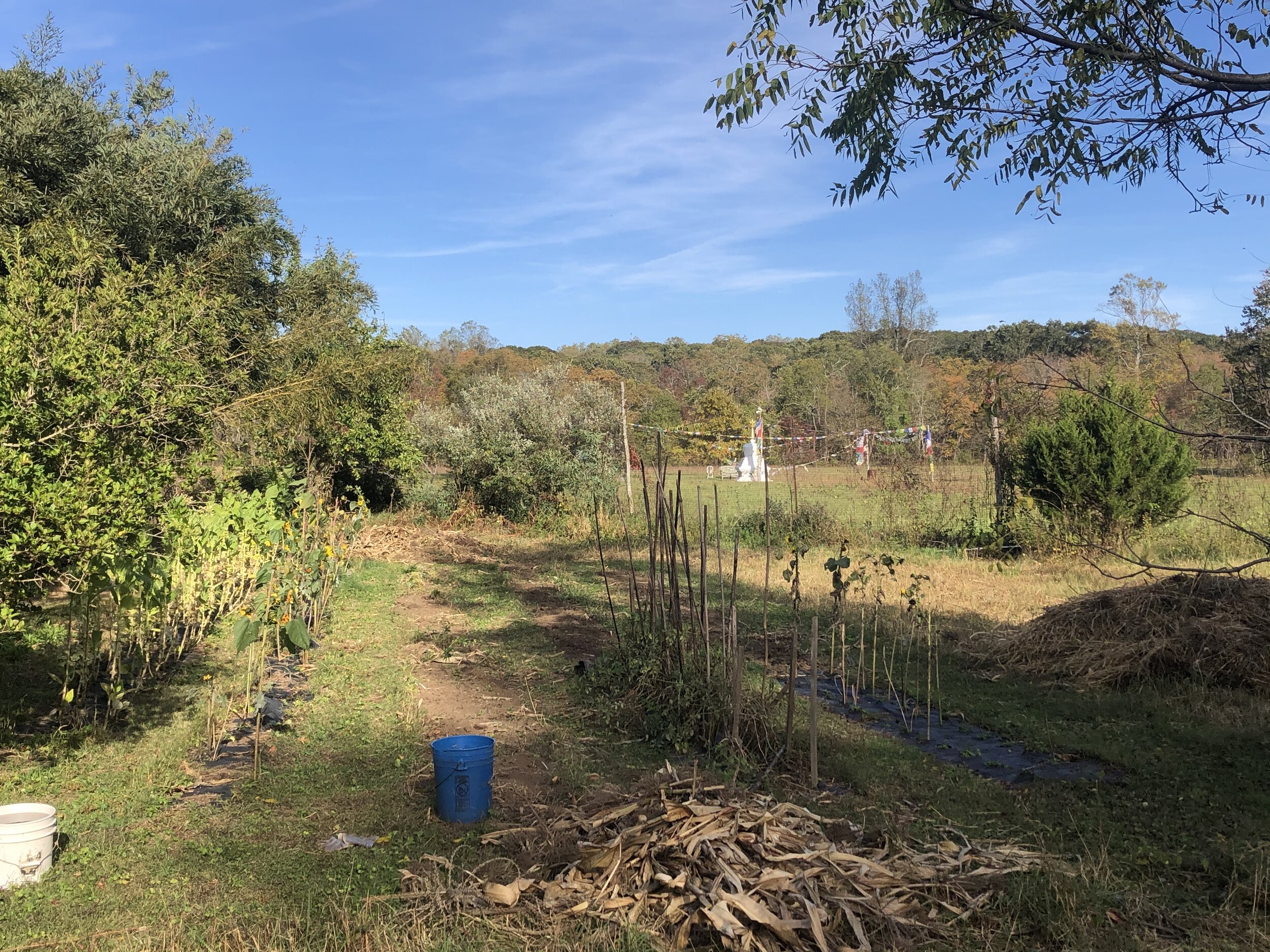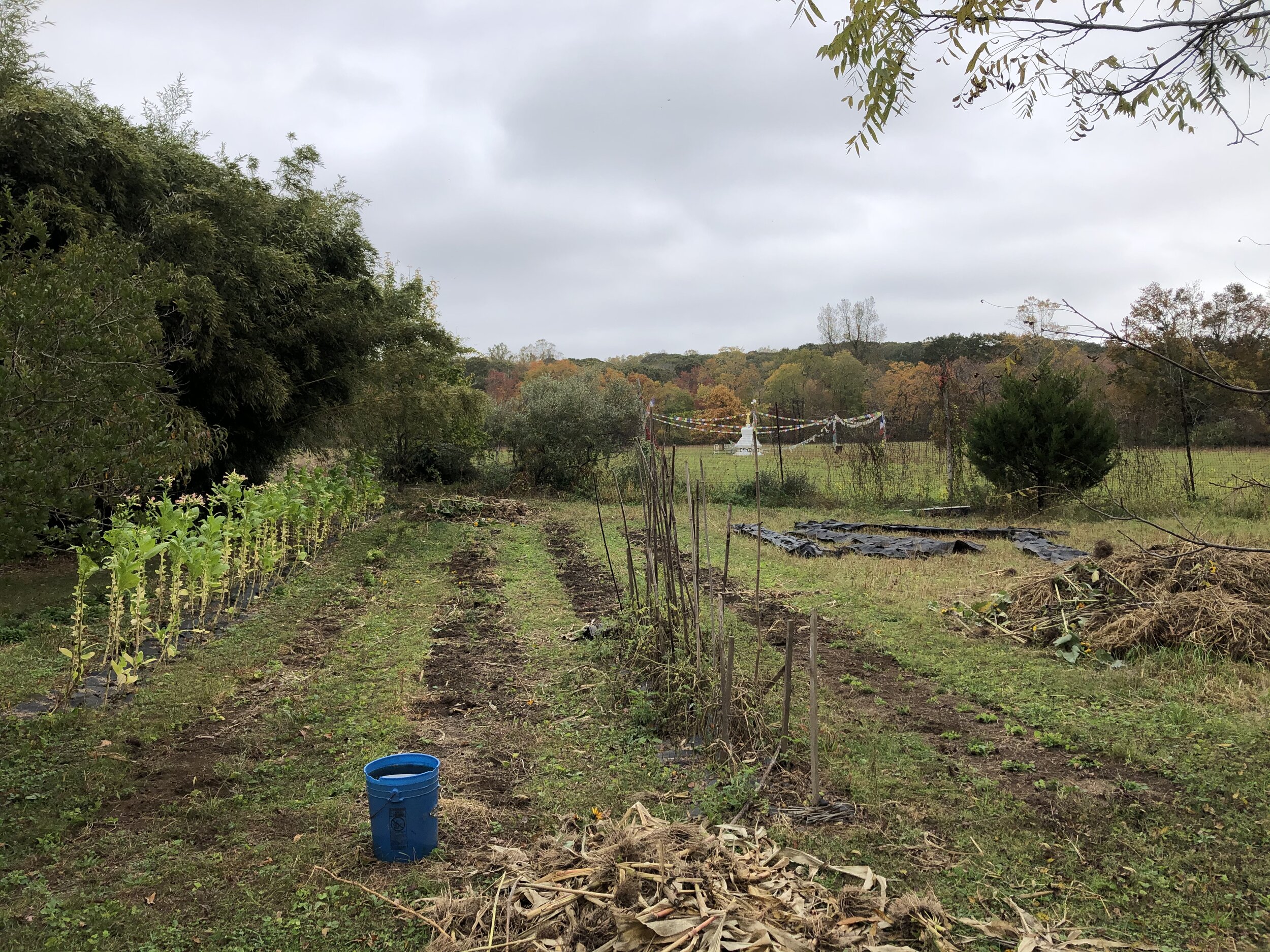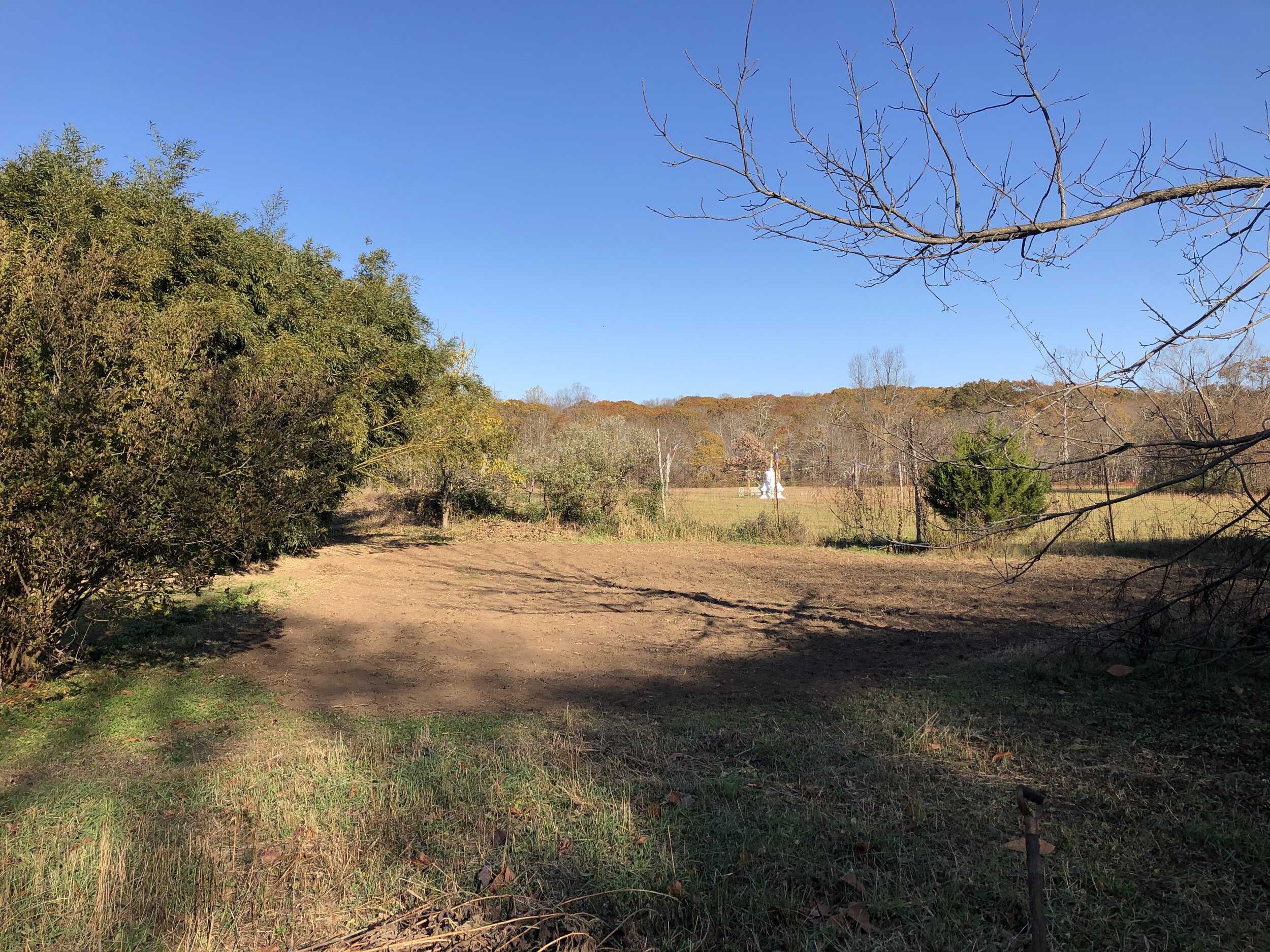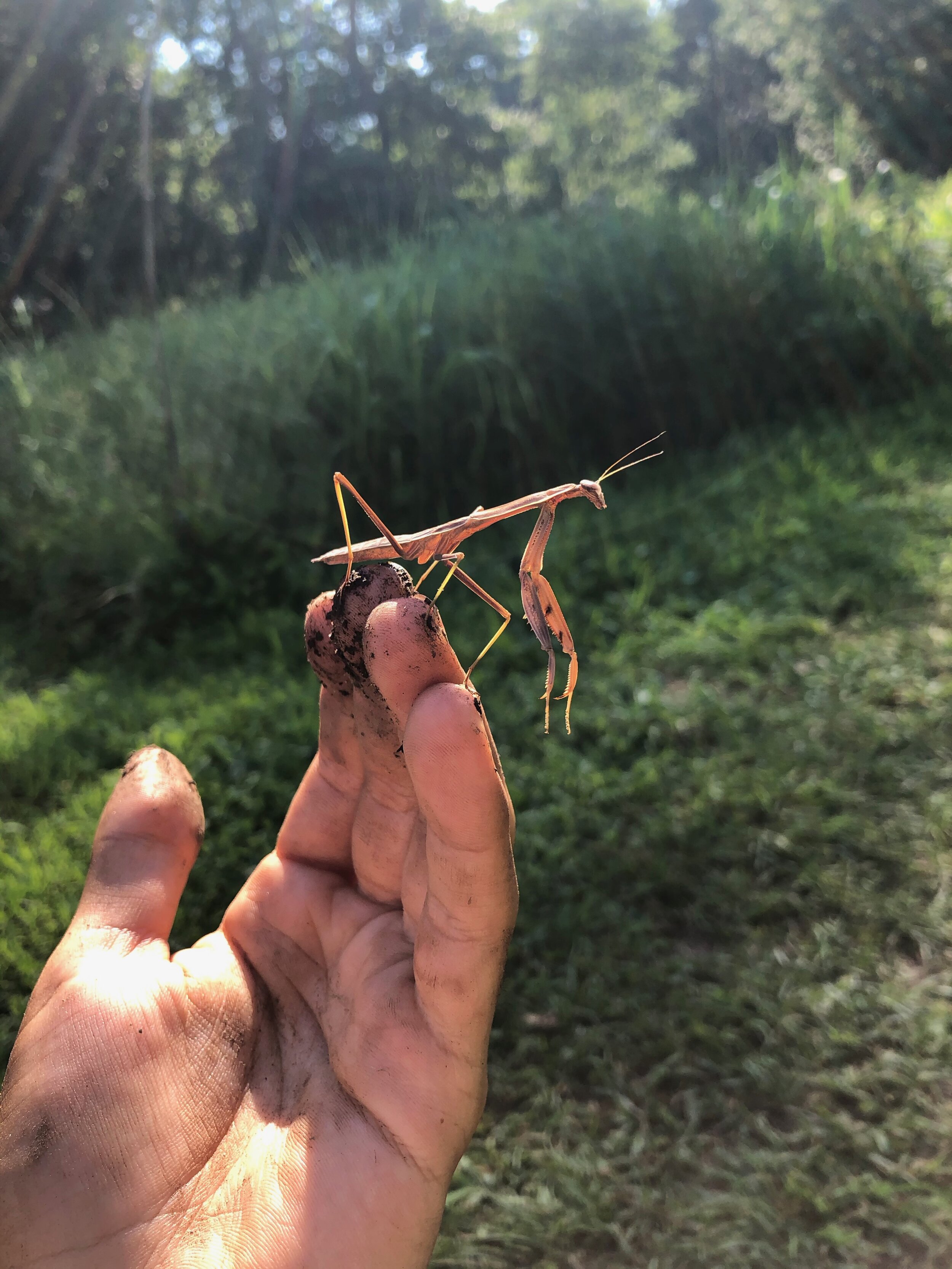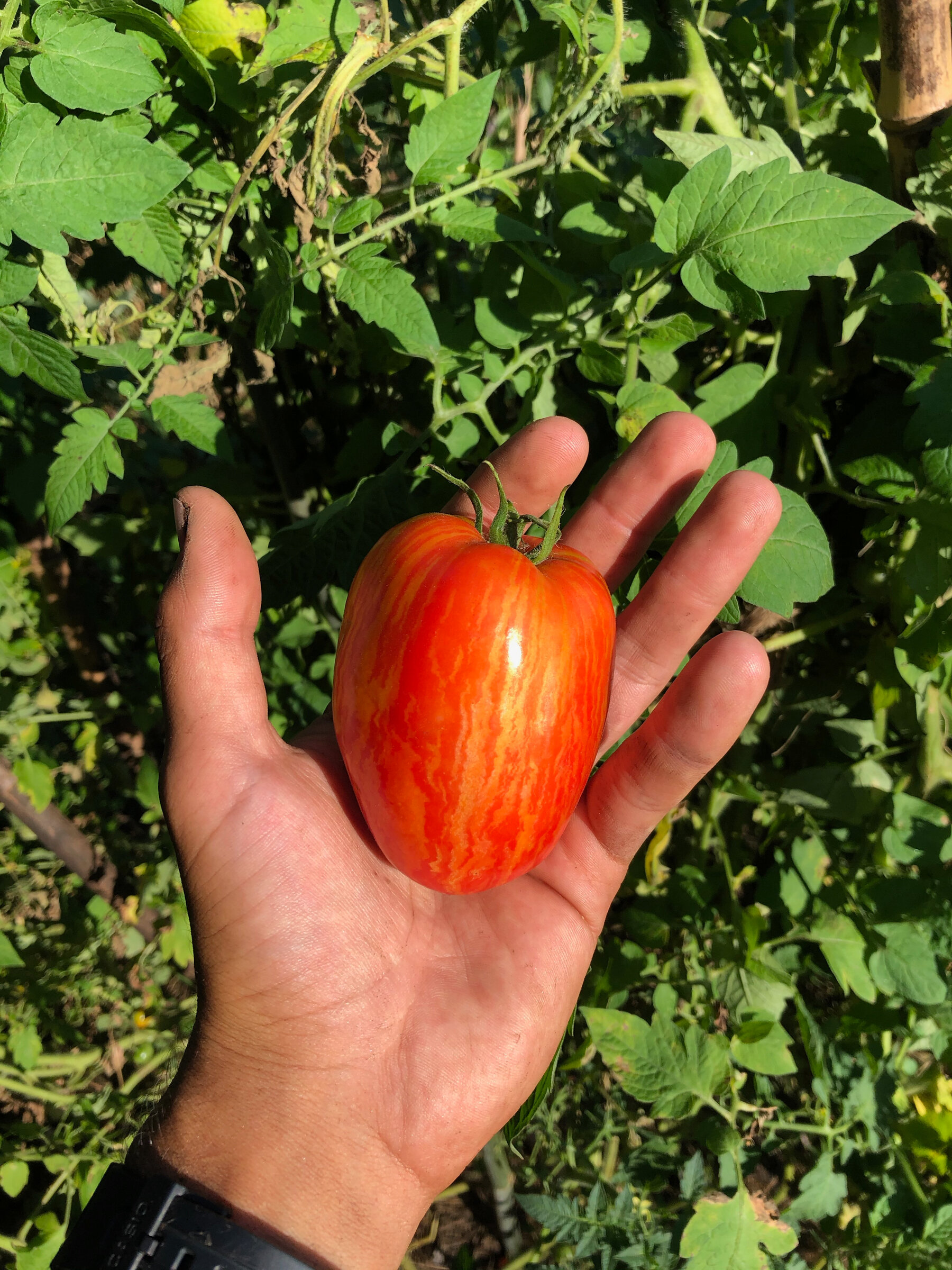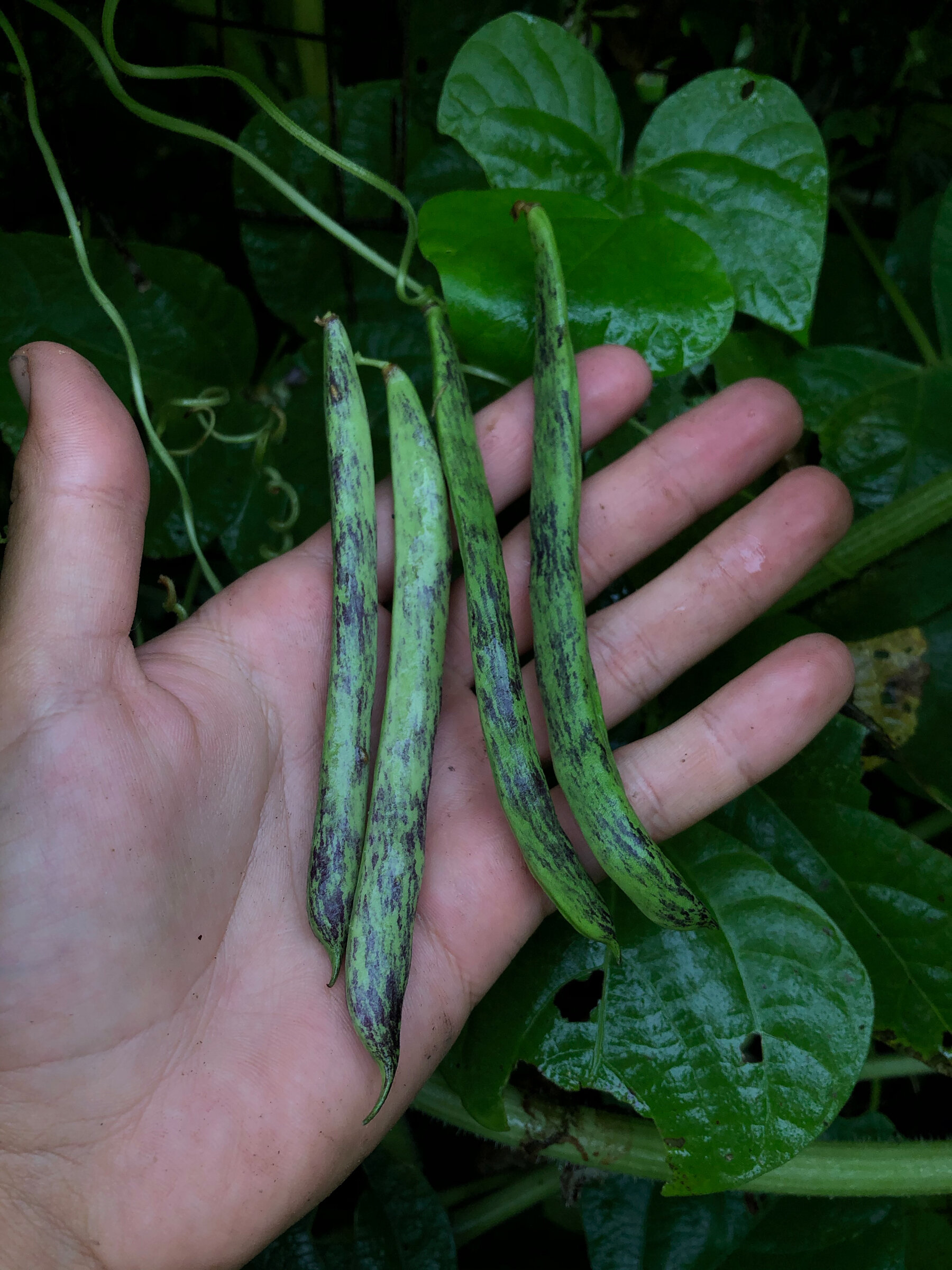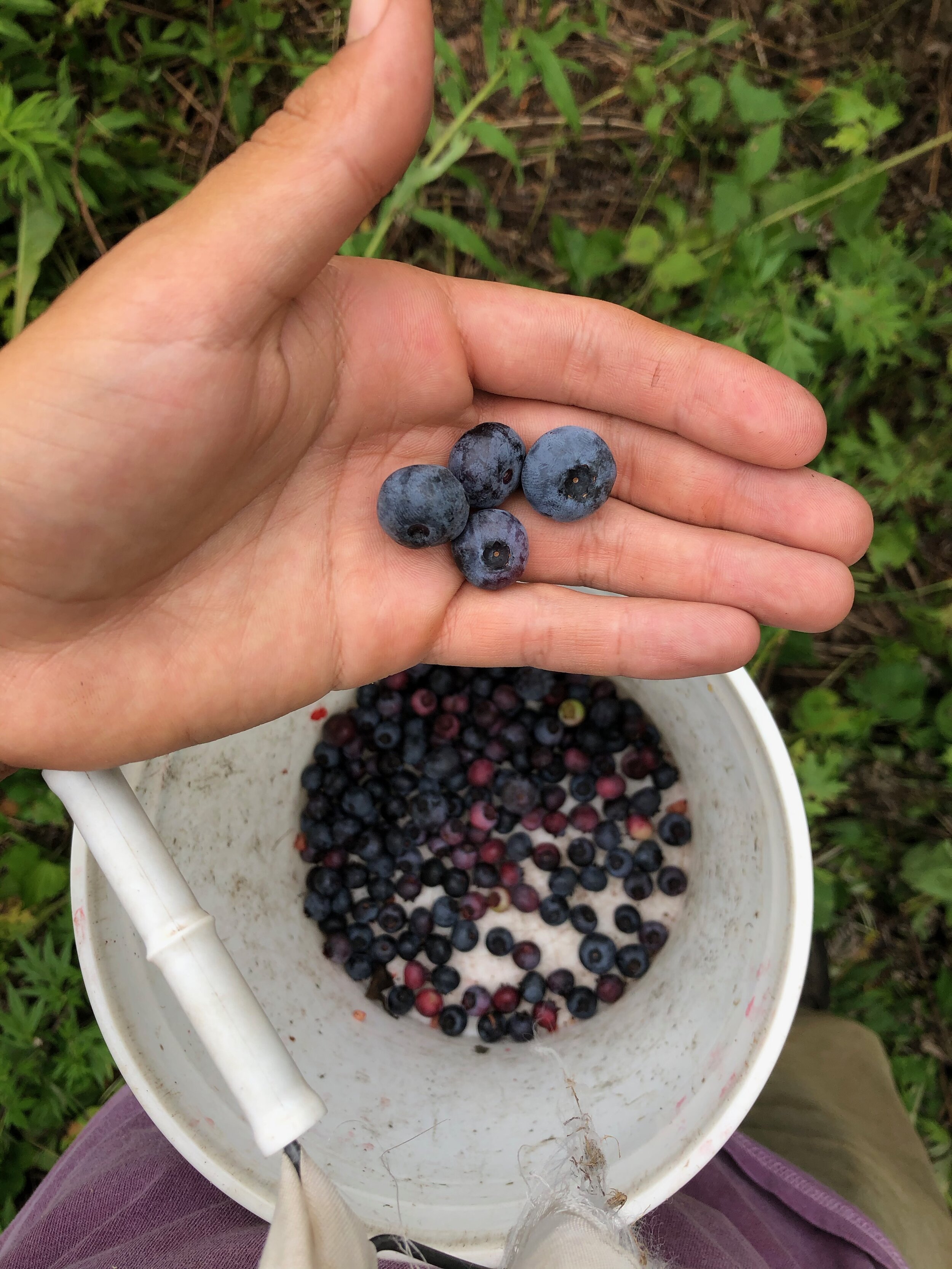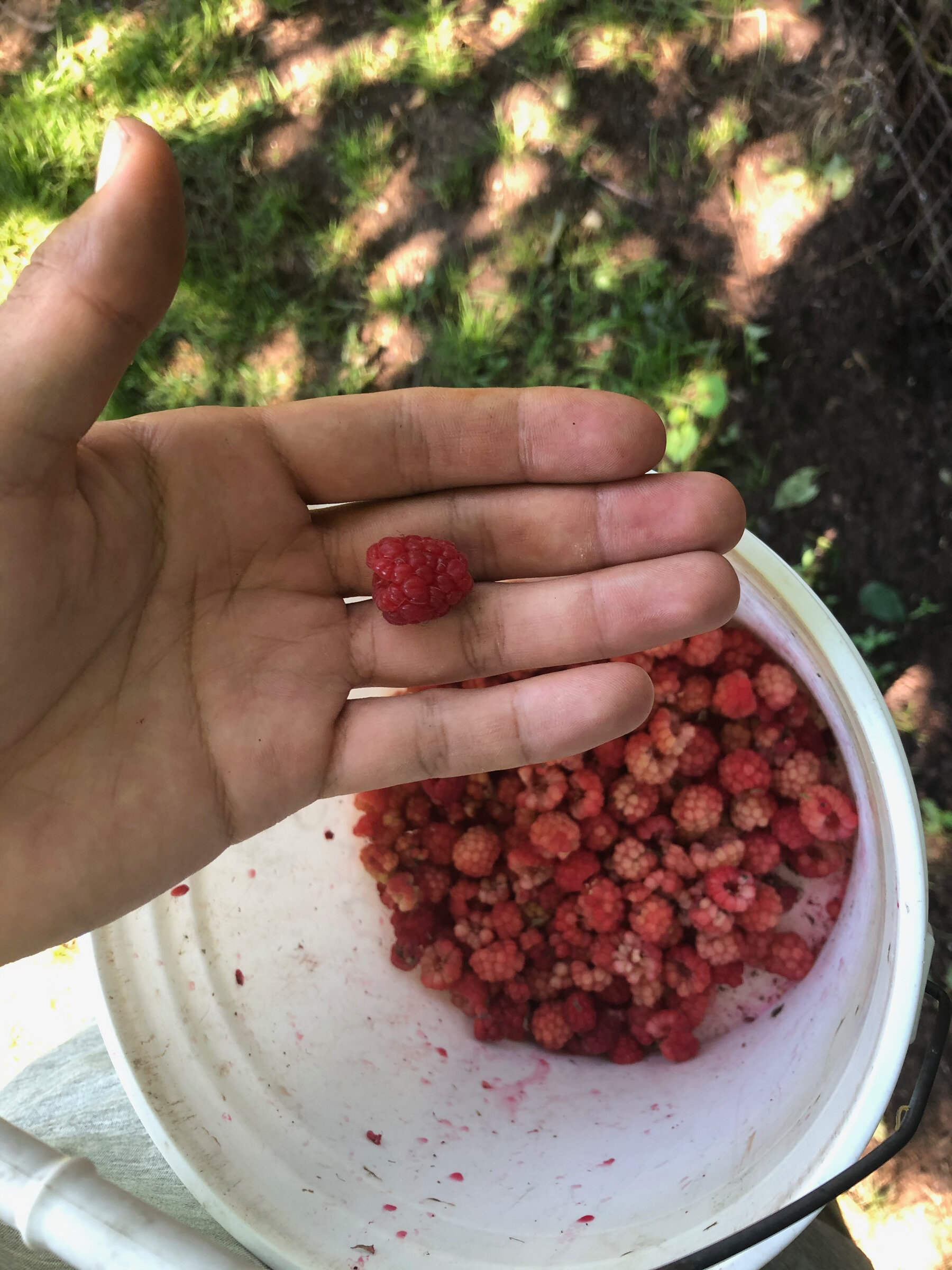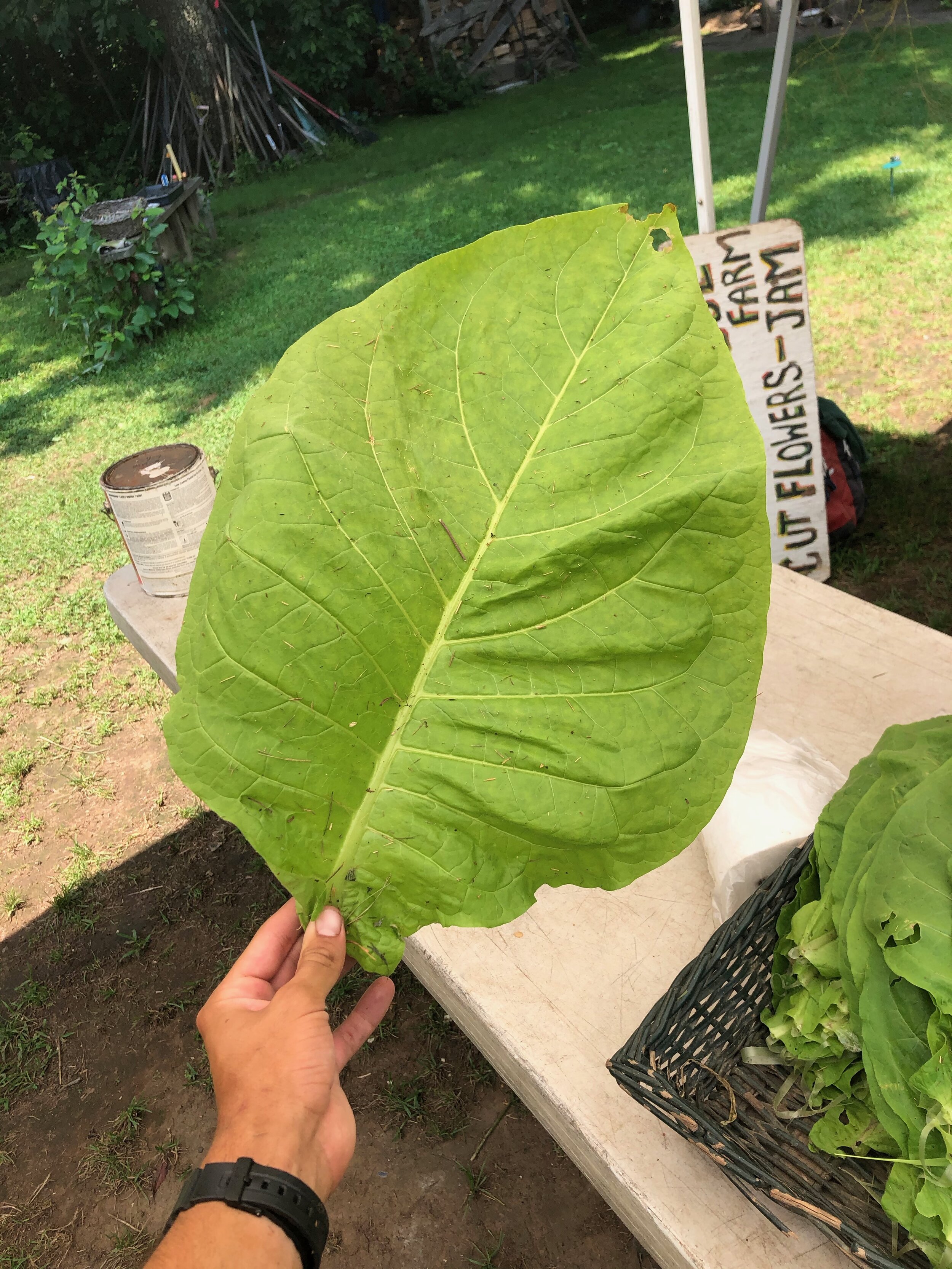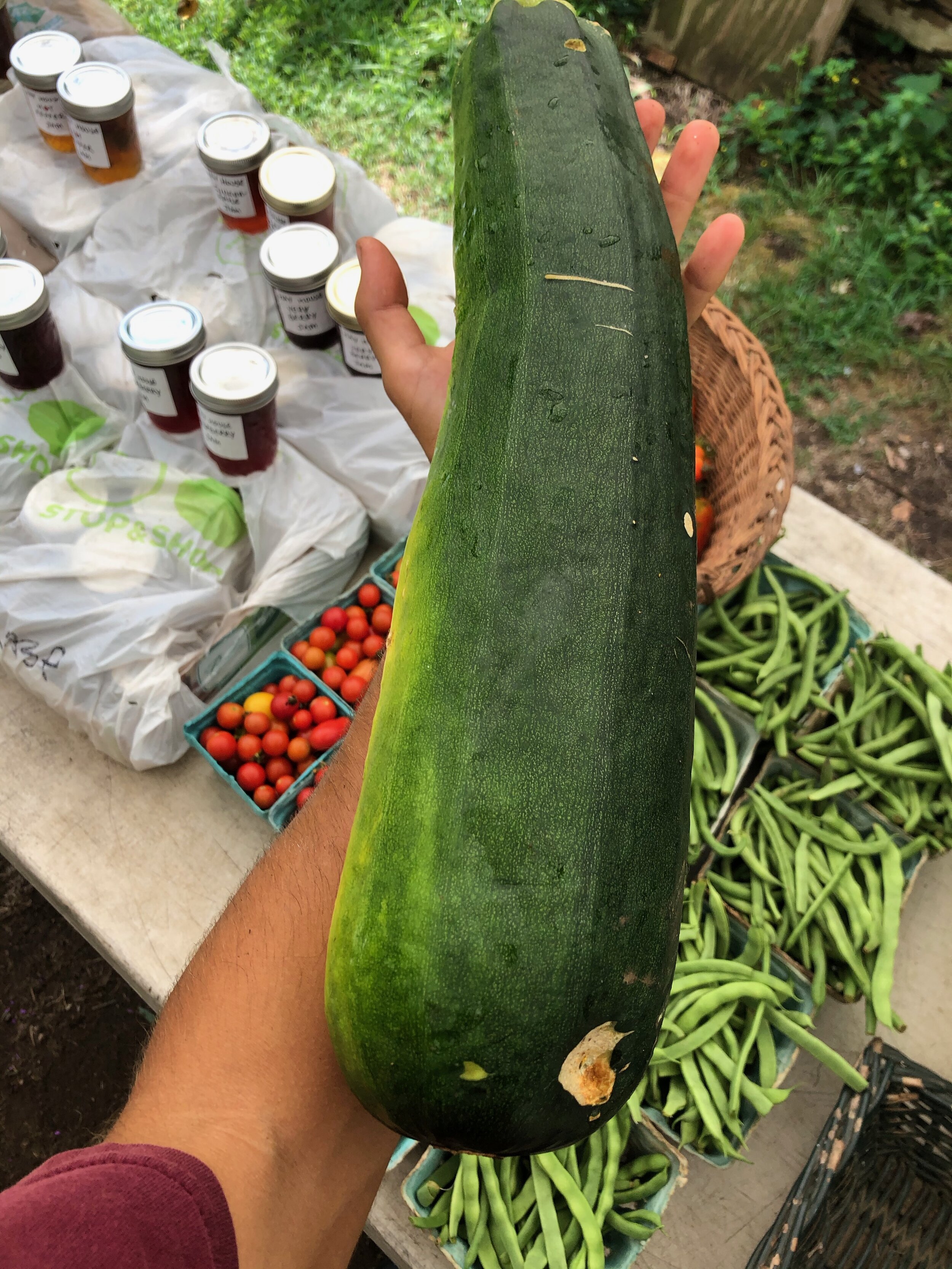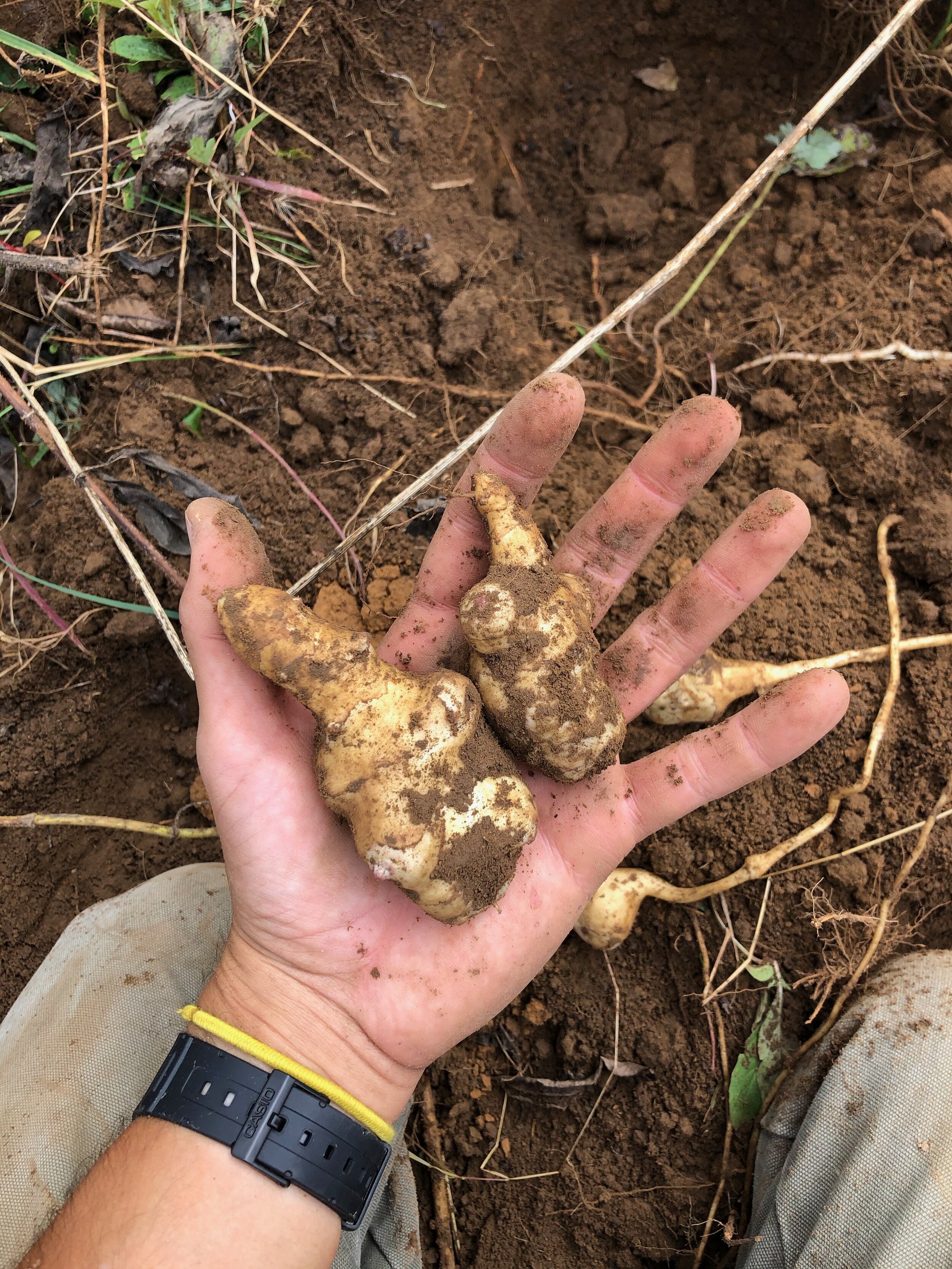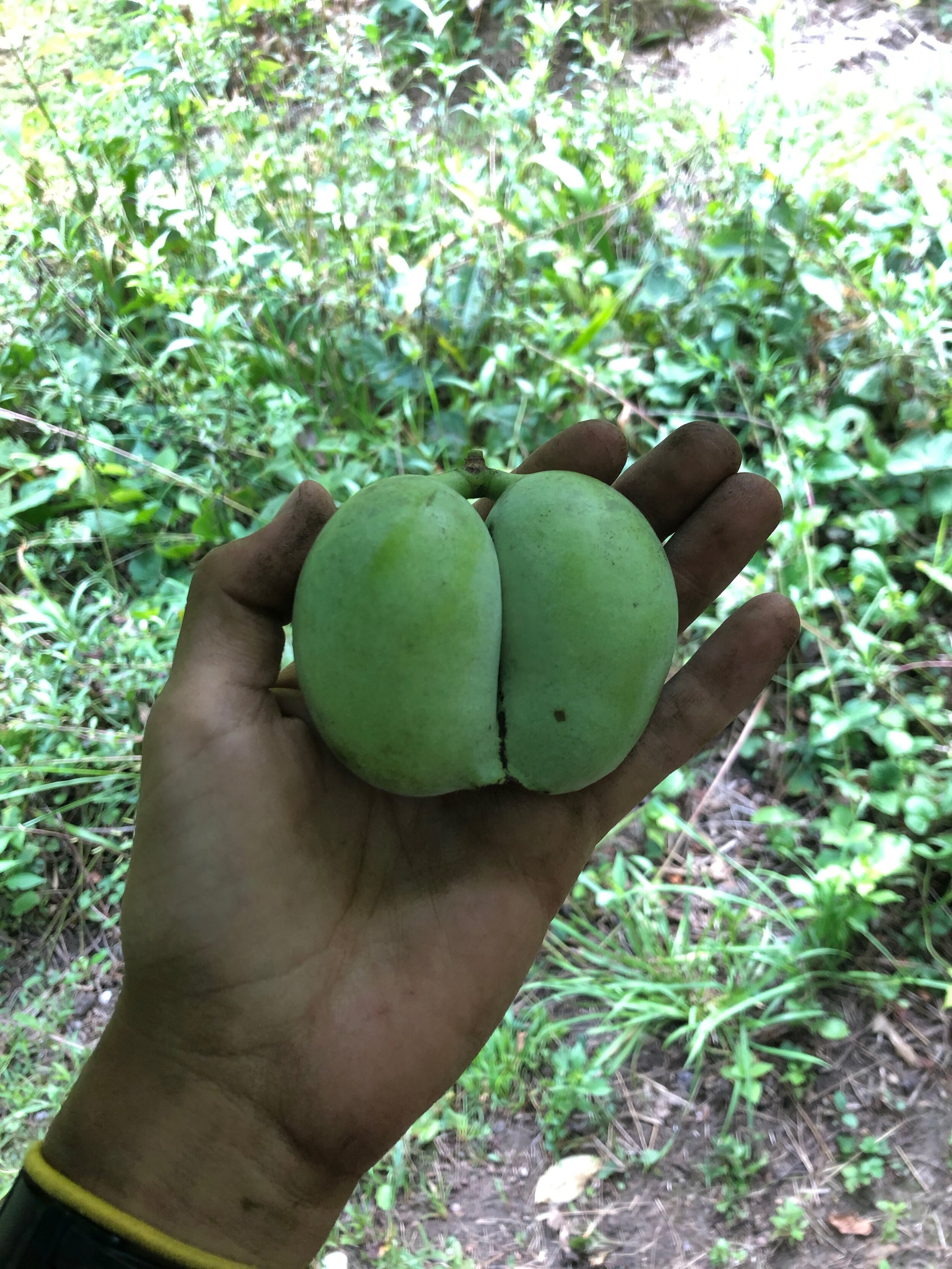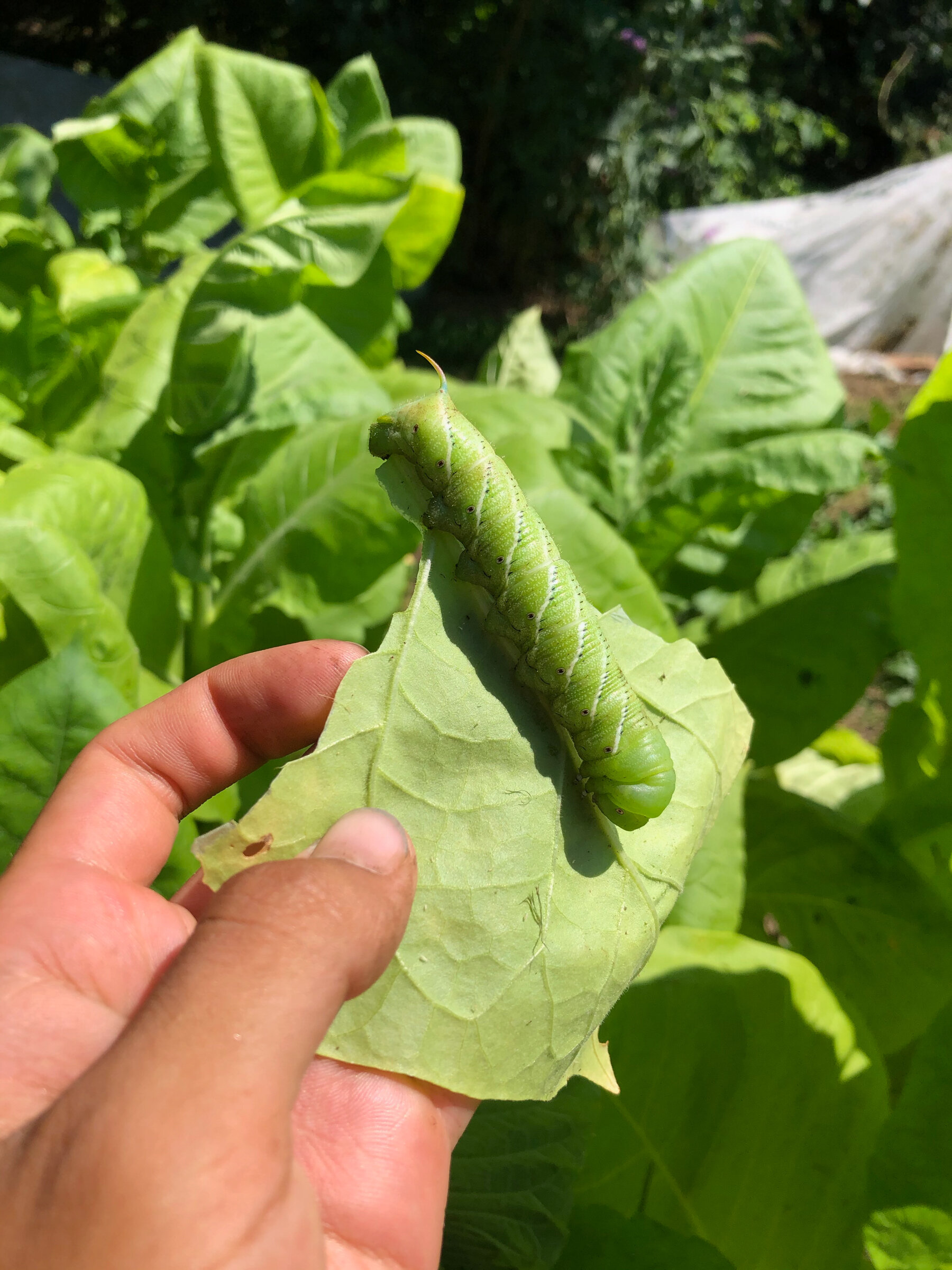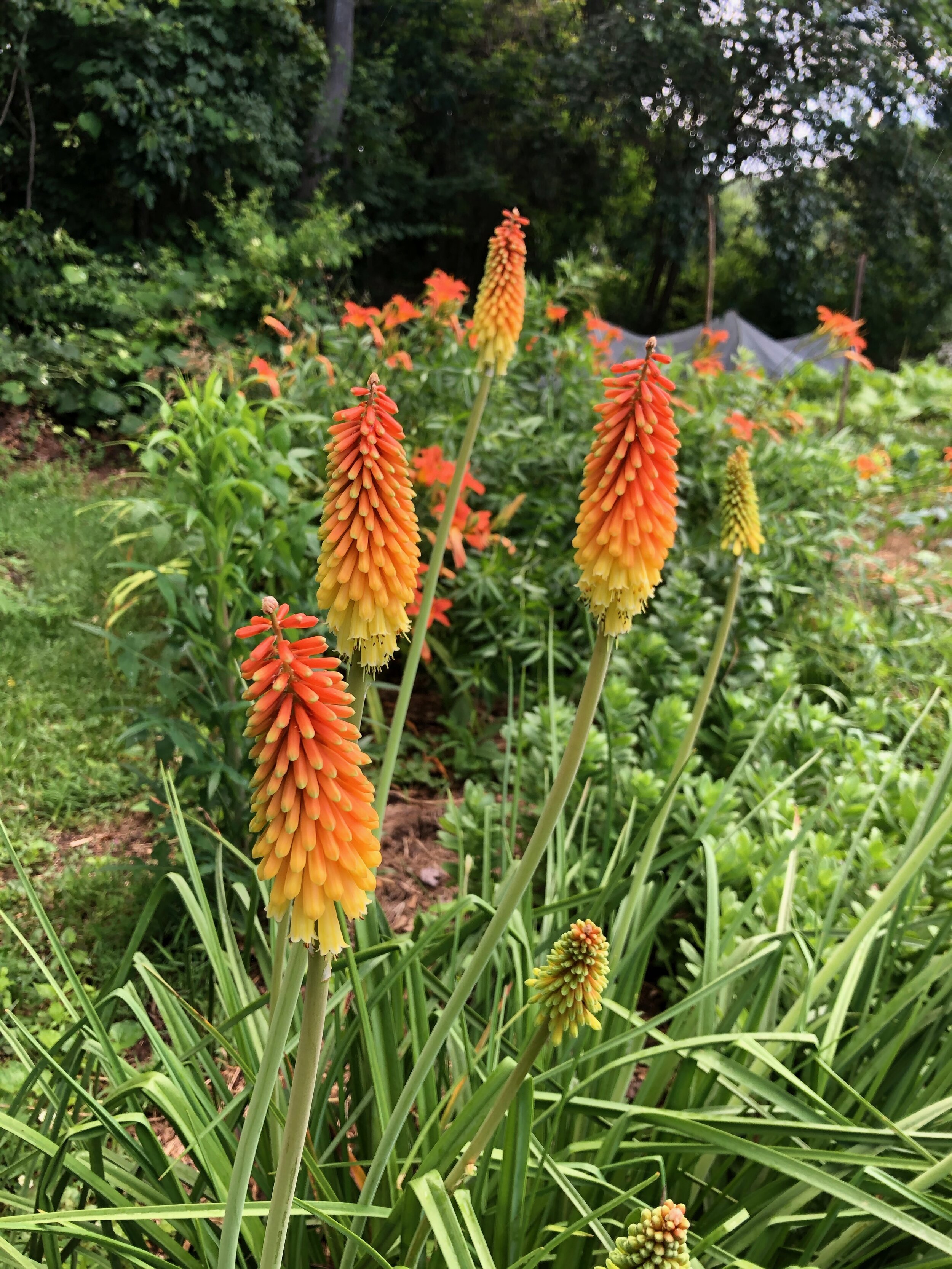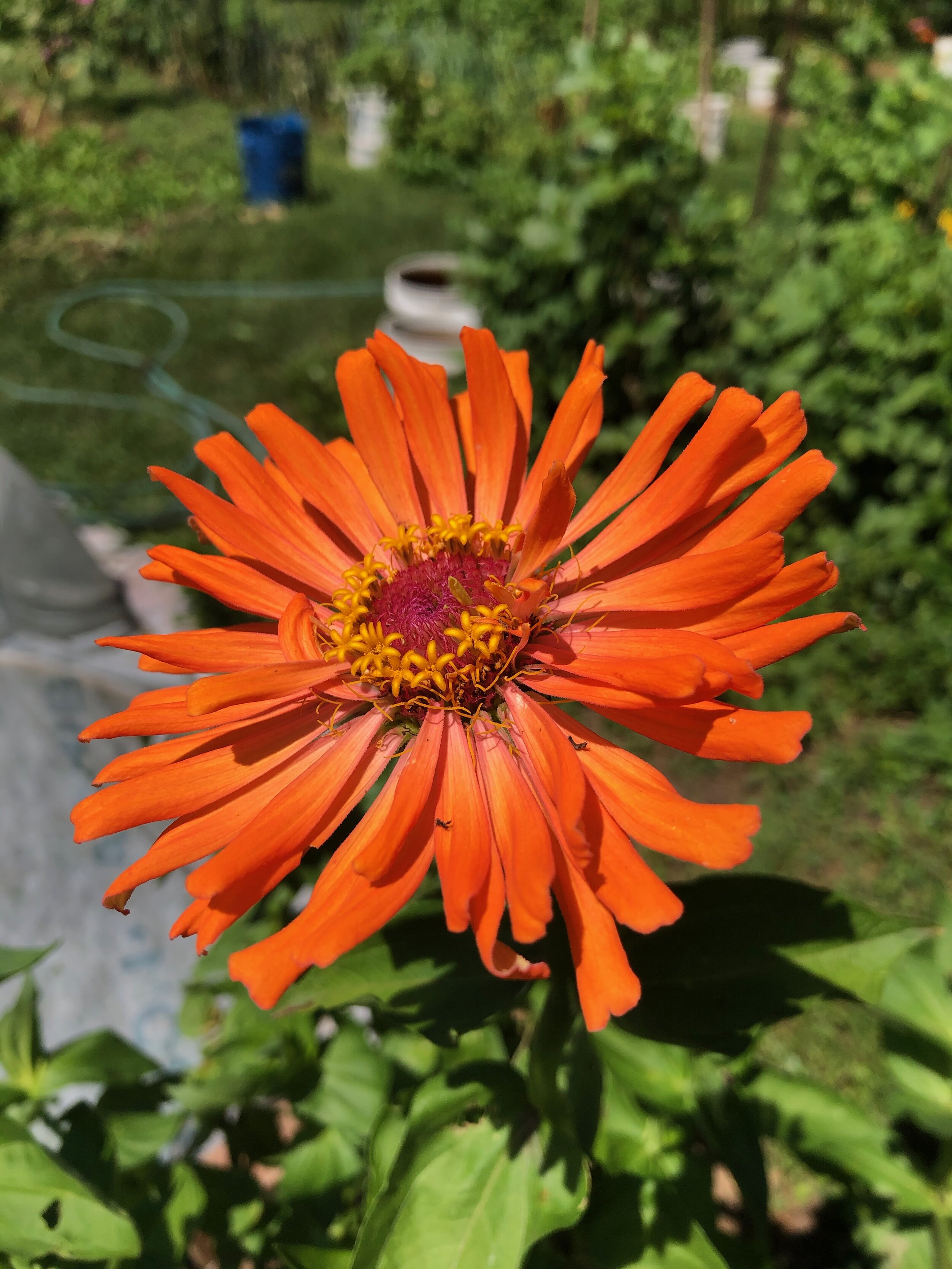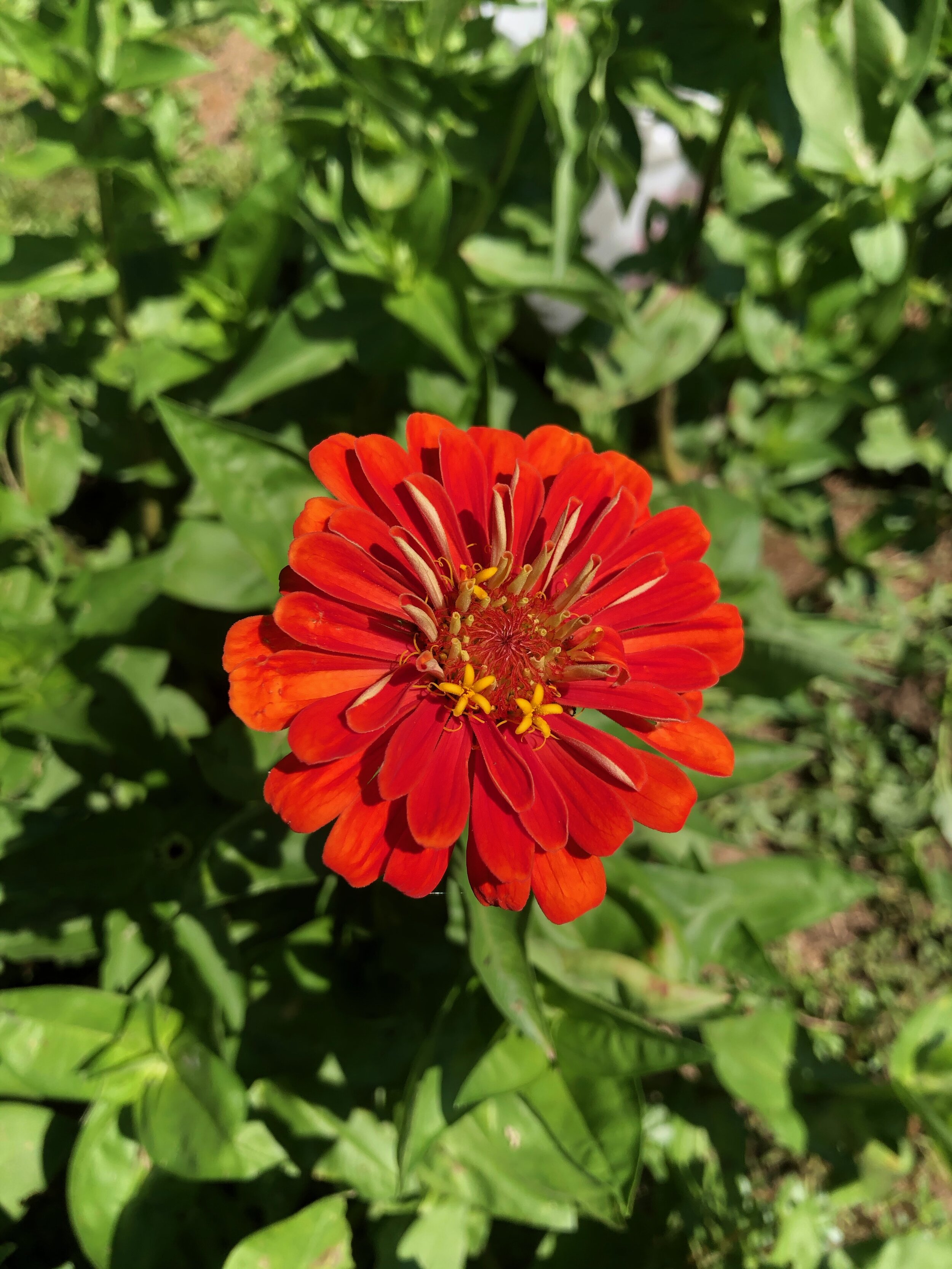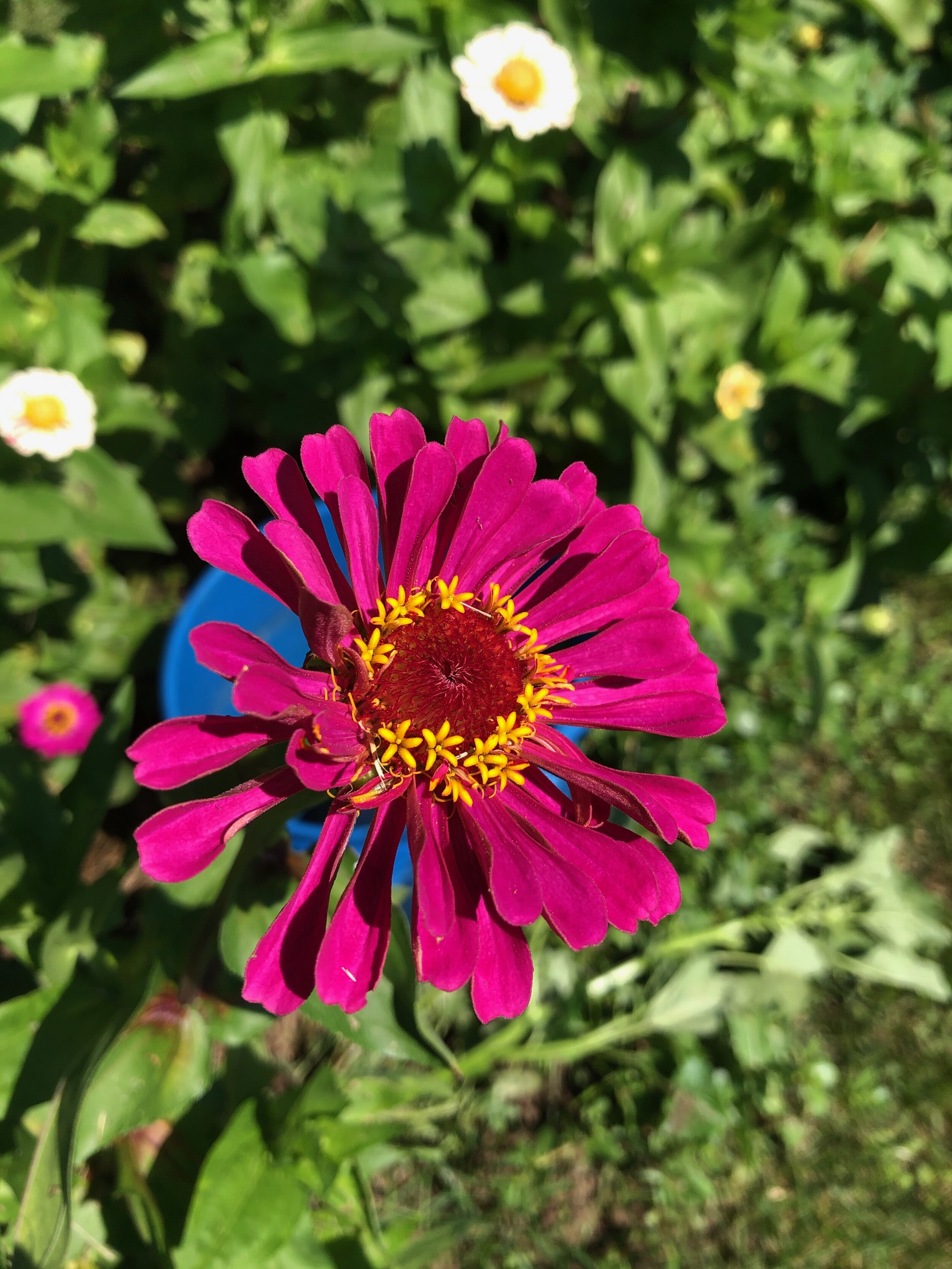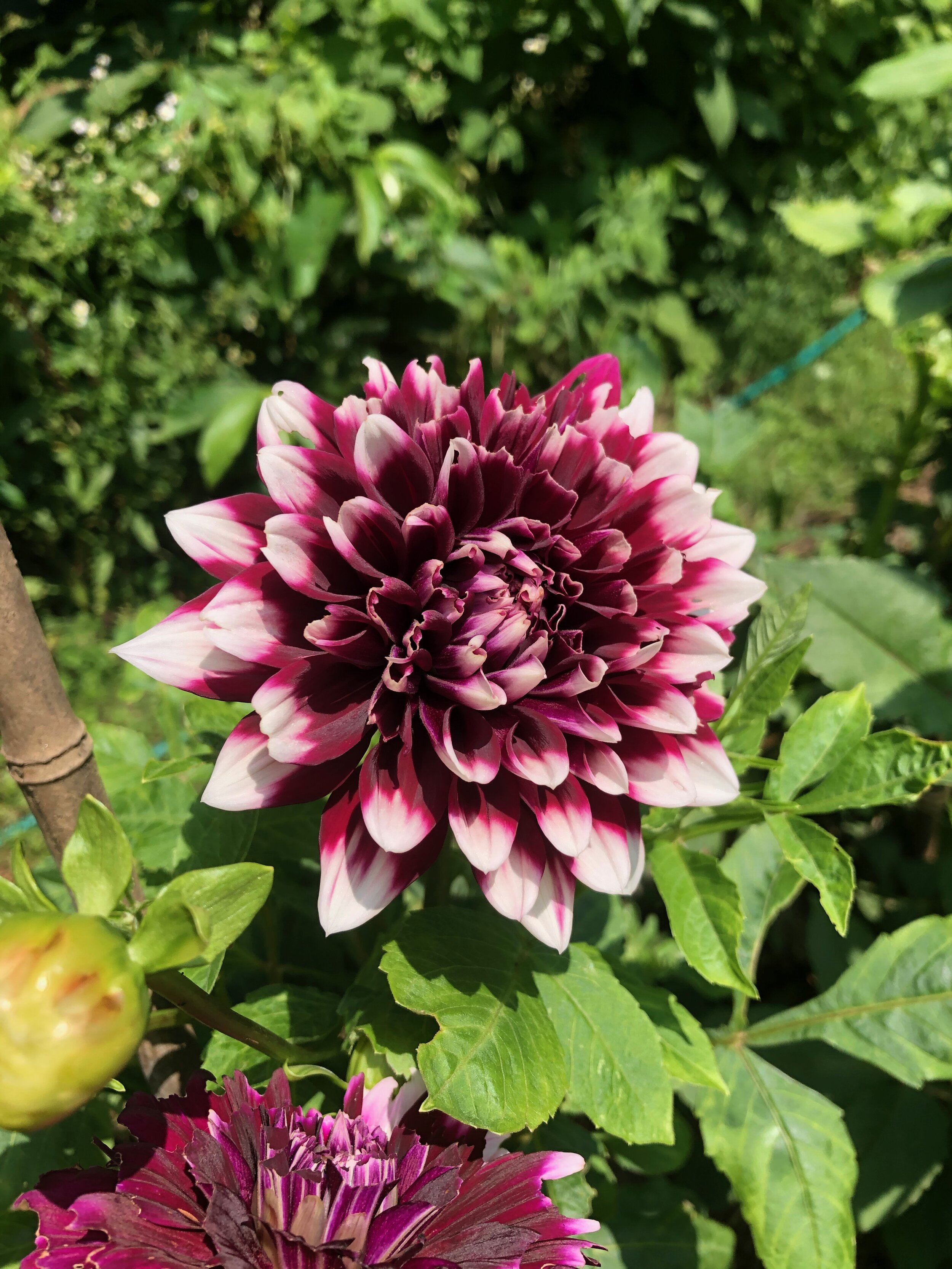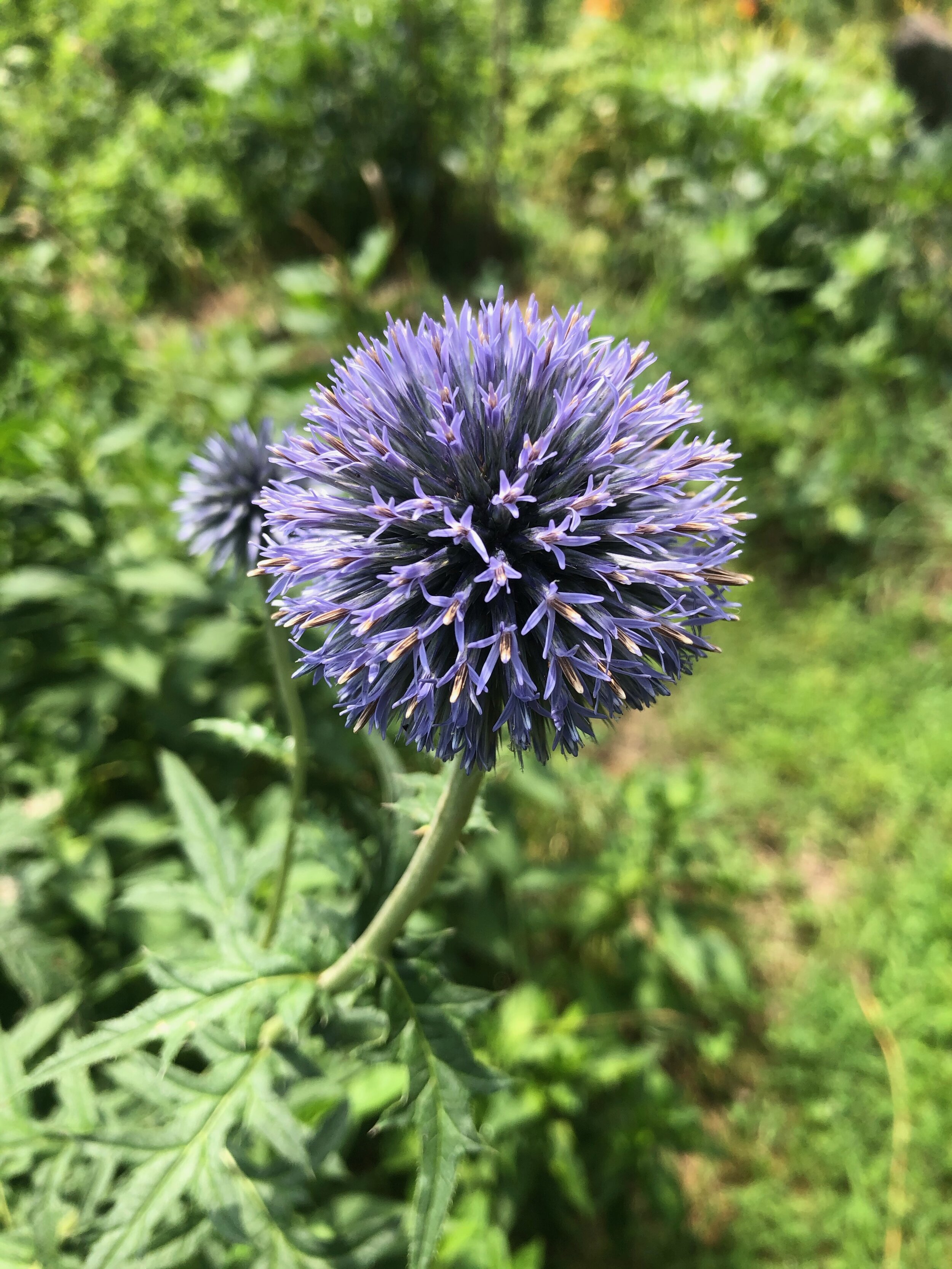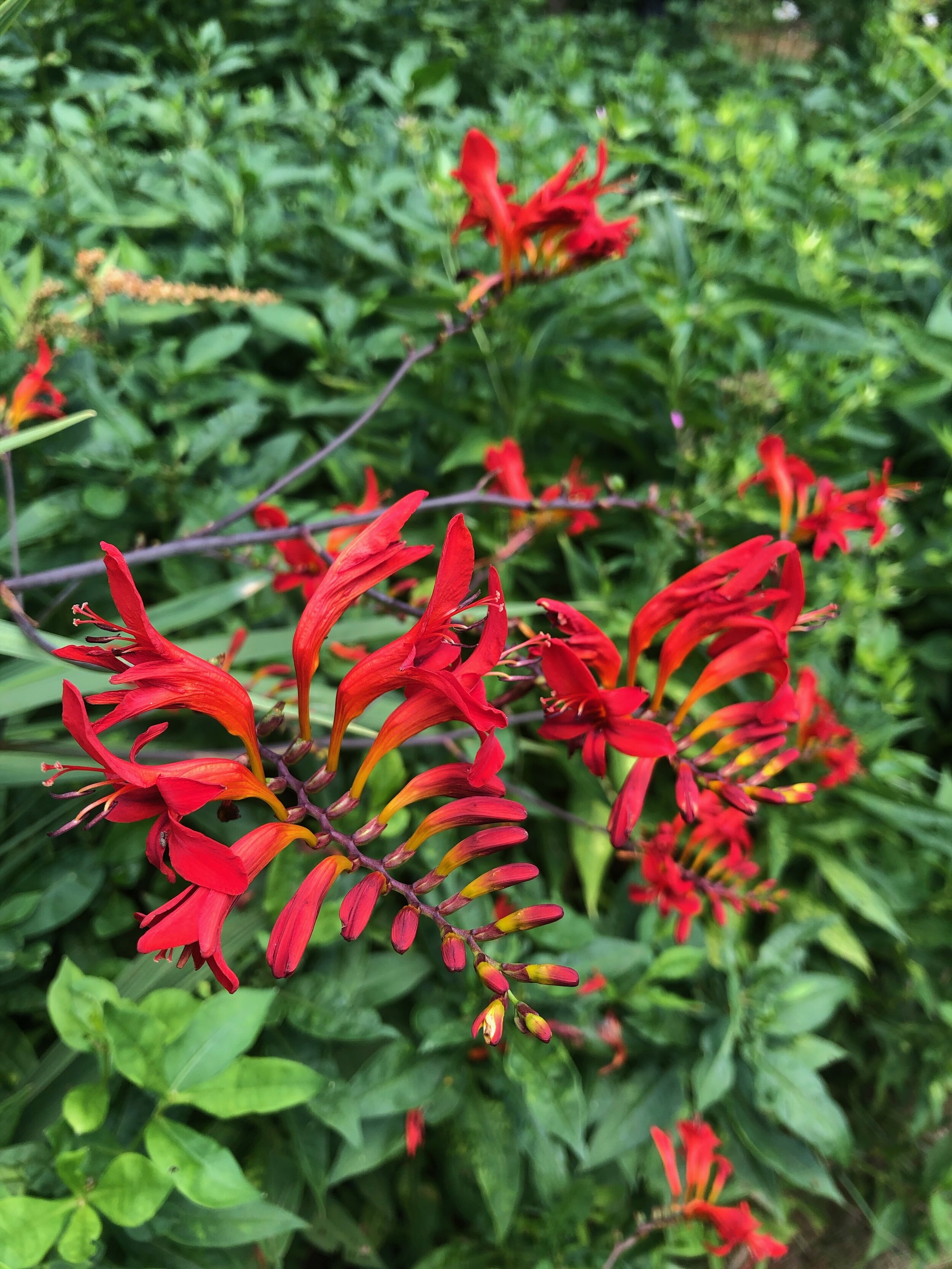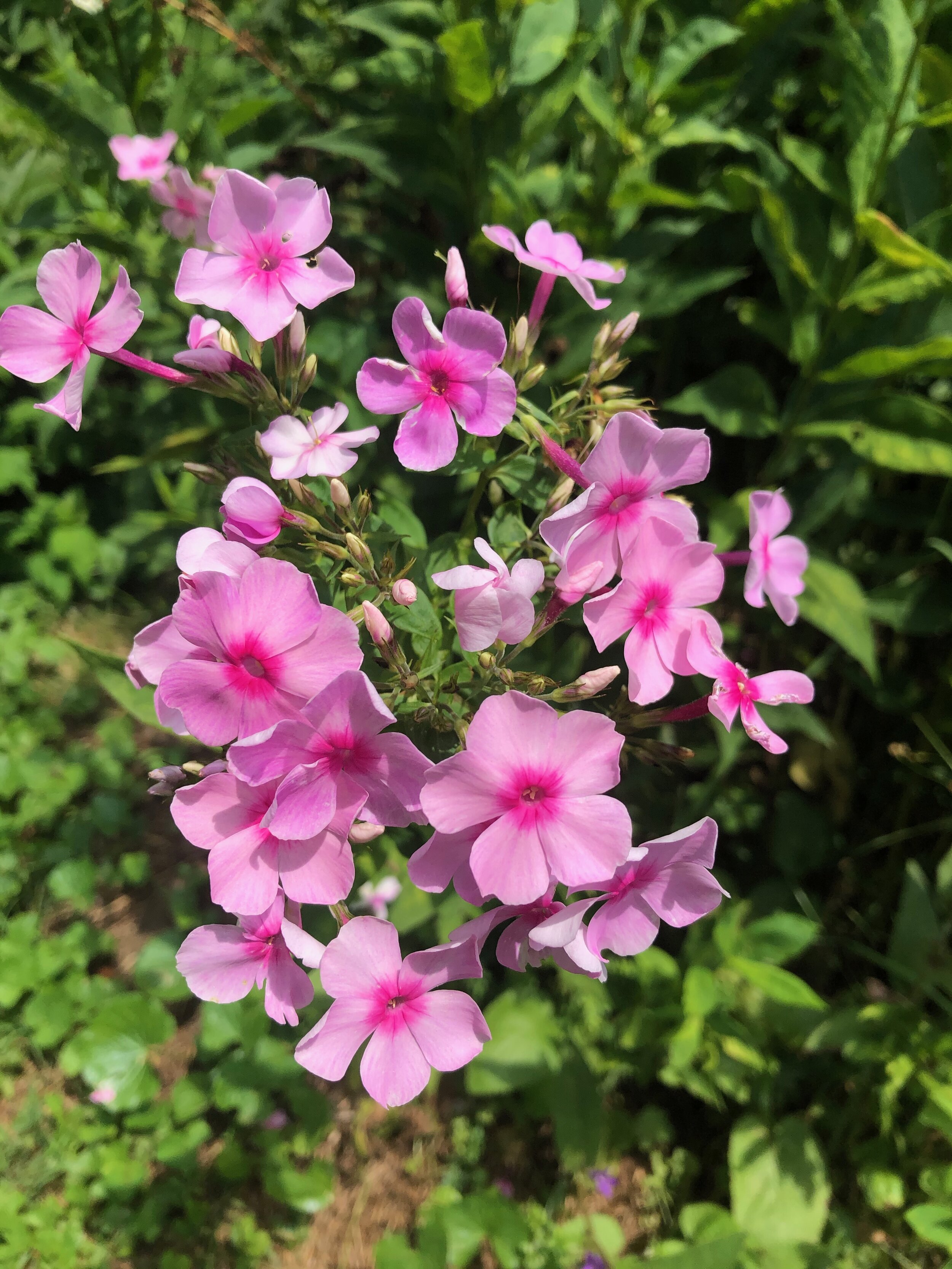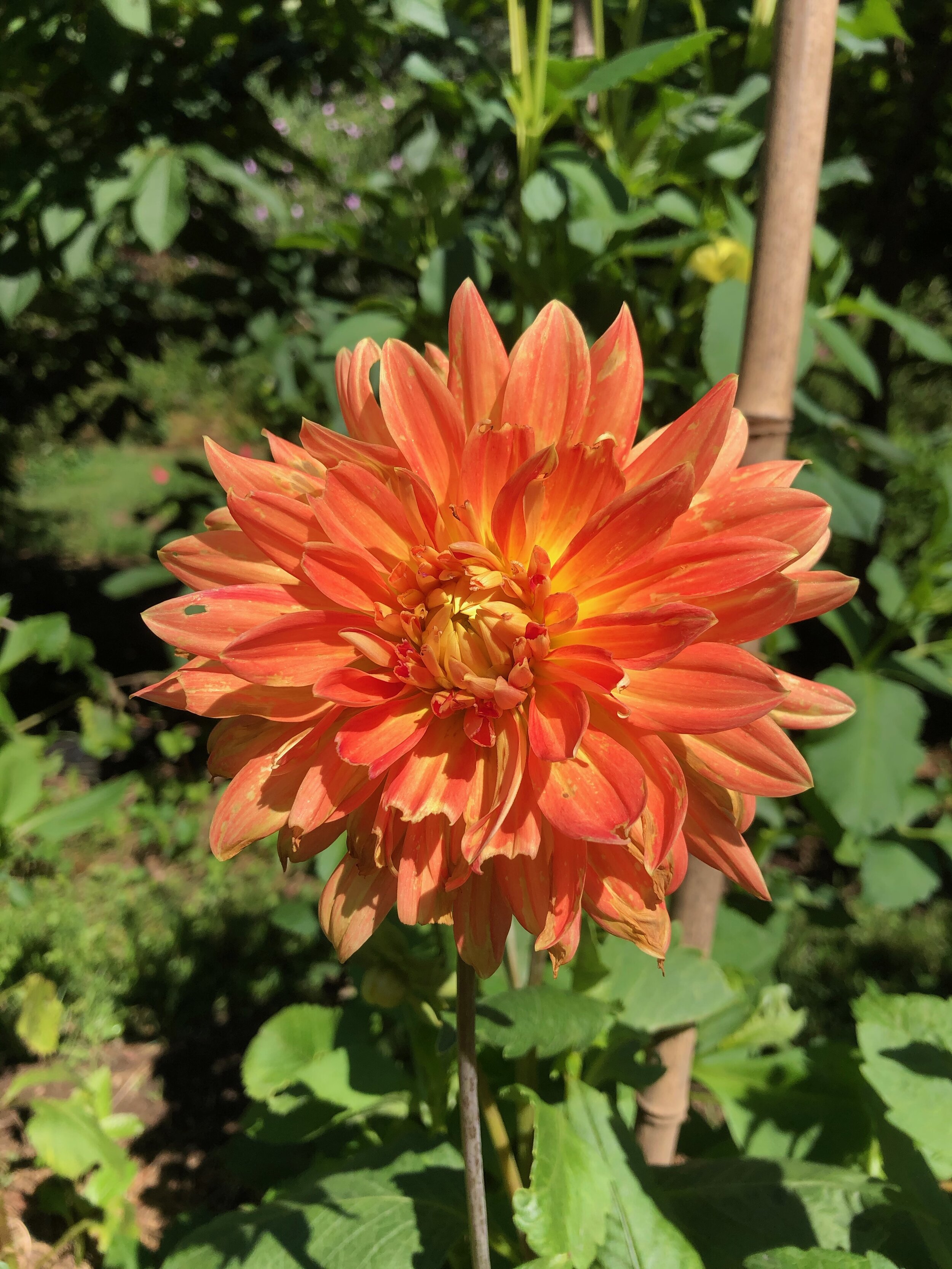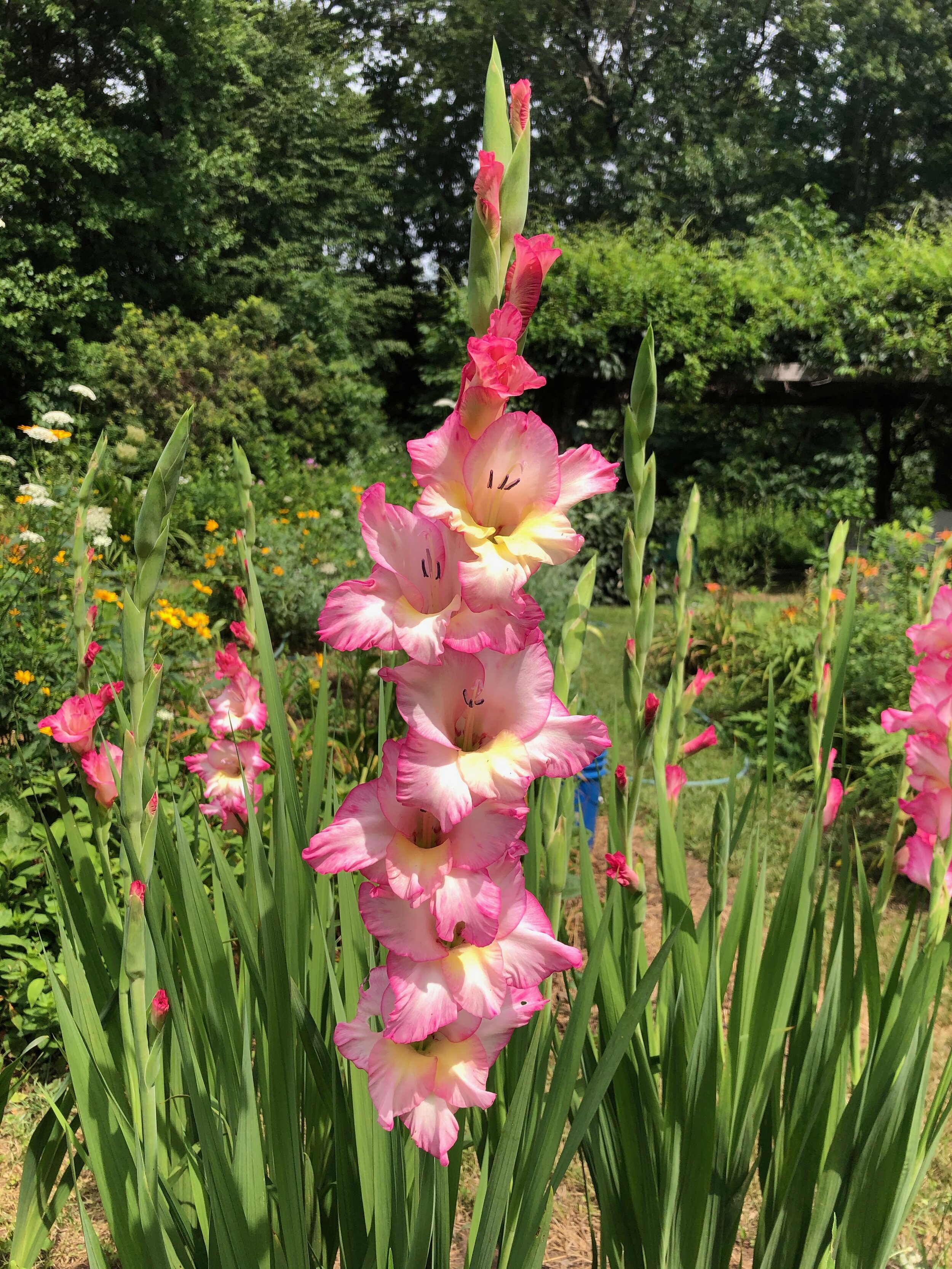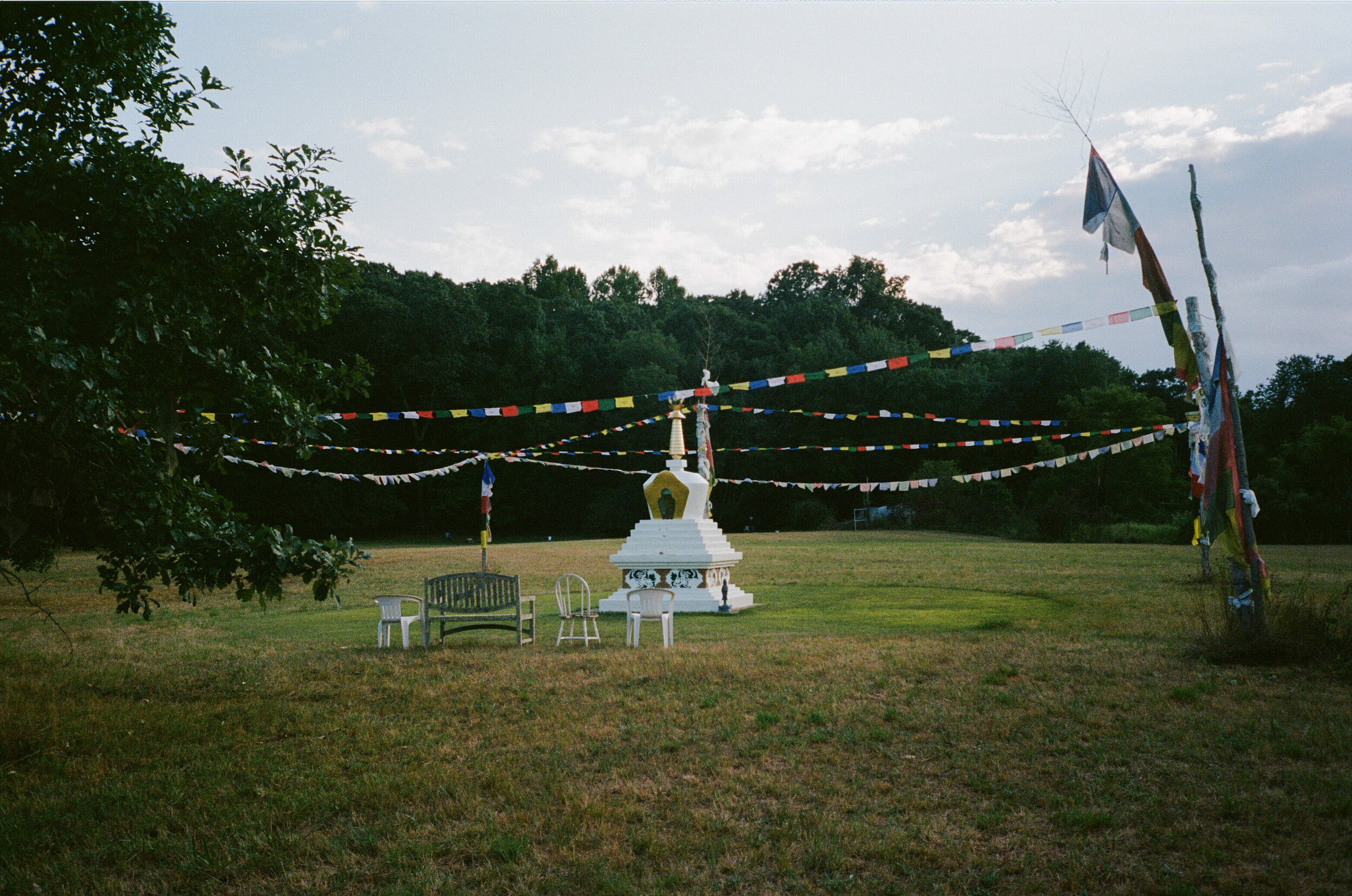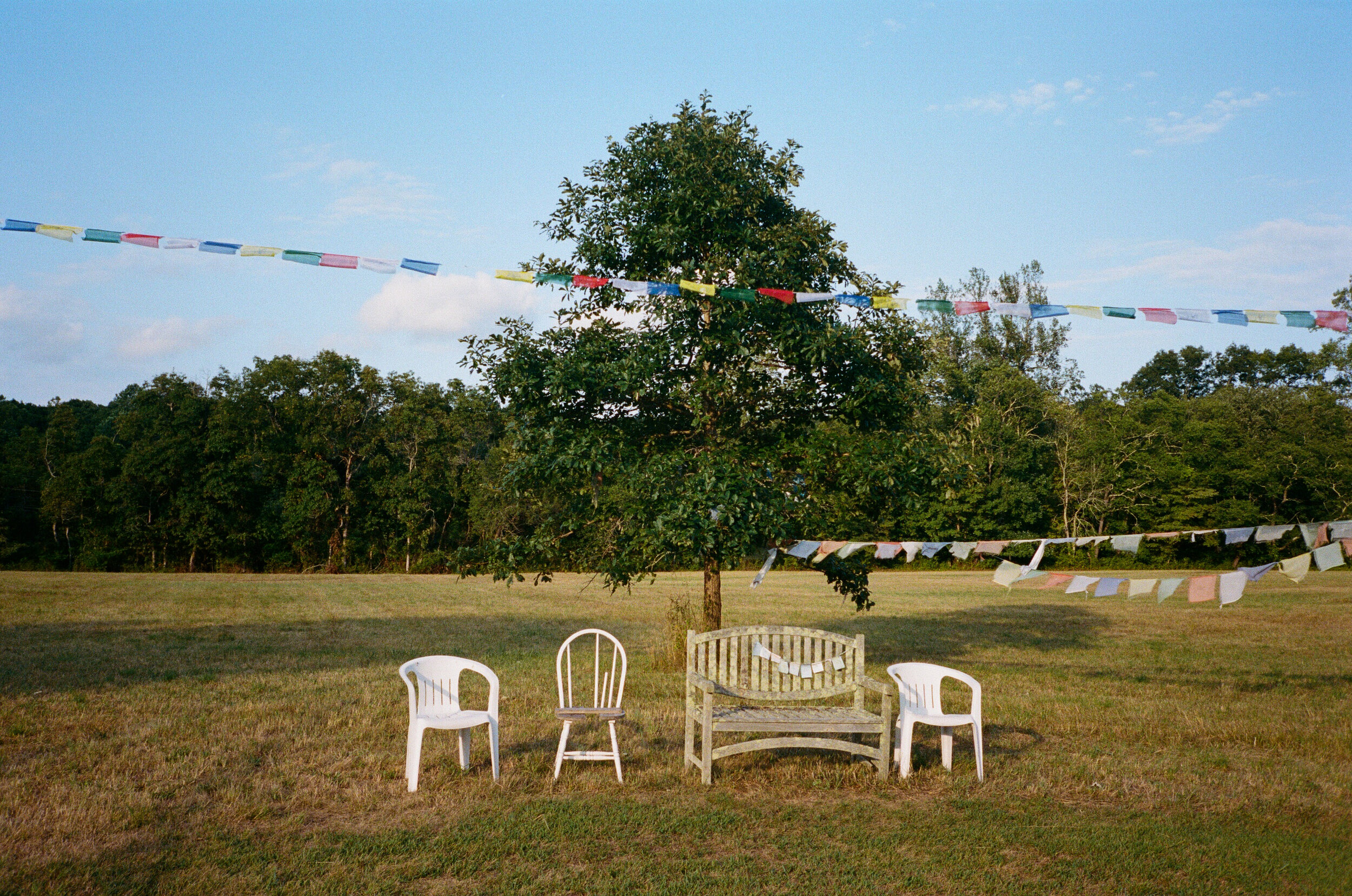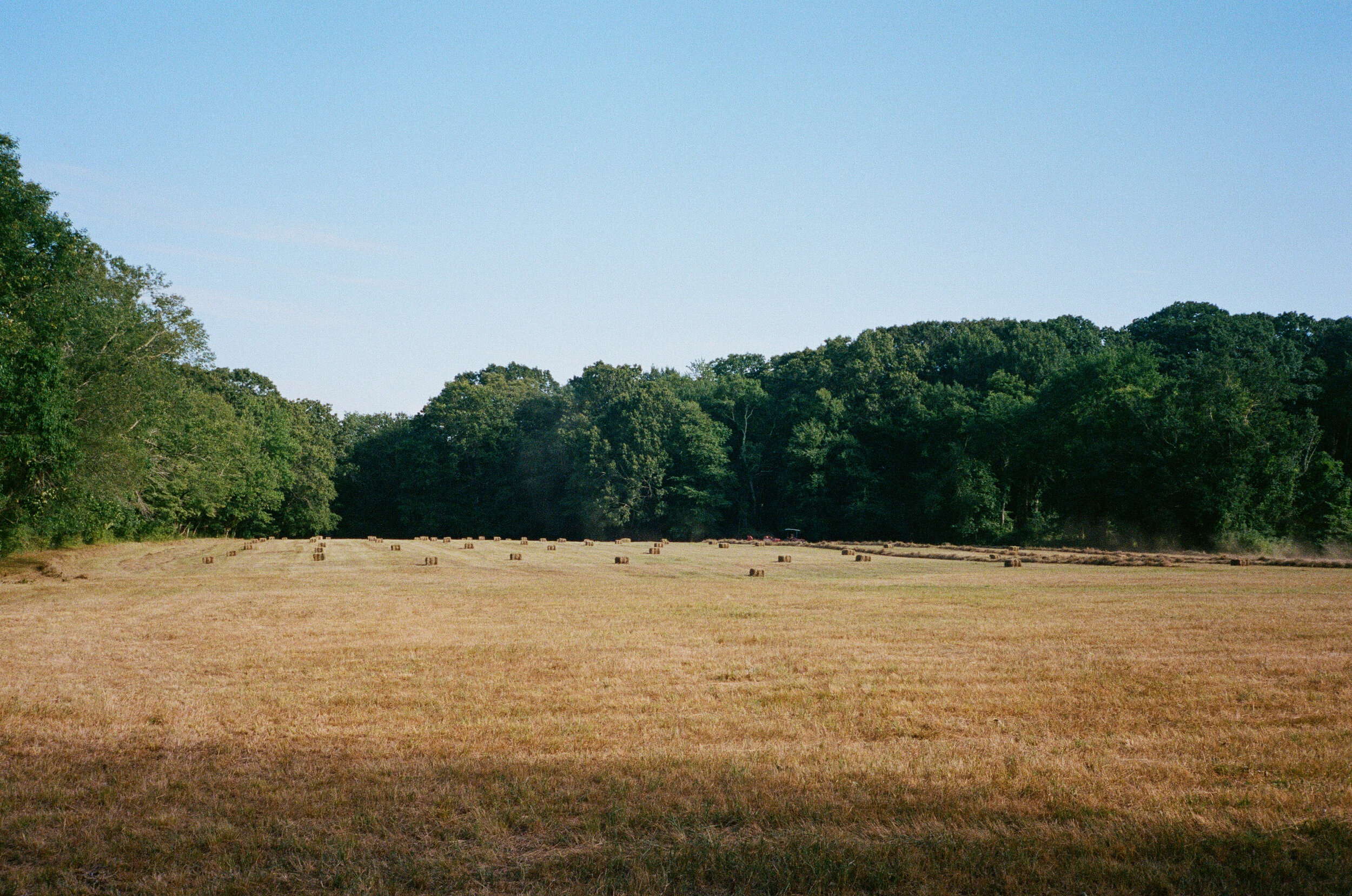The Prospects of Local Farms and Happiness
How spending the latter half of 2020 at an off-grid, local farm in Connecticut offered a solution to tolerating an uncertain future.
By Justin Risley — February 28, 2021
If the past year has taught me anything, it’s showed that the future is more uncertain than ever. The Covid-19 pandemic has foreshadowed that United States society is unprepared to confront the inevitable issues of public health, inequality, food insecurity, and environmental justice. Solutions at the federal level have fallen short. The average citizens have been forced to fend for themselves and their community. So, what shall we do in 2021 and the years that follow to alleviate the potential crises of health, poverty, hunger, and our environment? Where can we find ways to attempt this at the local level?
After graduating college and moving back home to Connecticut last May, my uncle told me about a farm on the Connecticut shoreline. The property was owned by an older guy who was “some sort of artist” according to my uncle. He gave me the name of the place and I found it. I had studied Sustainable Community Development in college. I had absolutely no farm experience, however, the position I was about to apply for preferred experienced help. After not hearing back for a few weeks, I contacted the guy directly and managed to set up a time for me to visit the farm. Days later, we met and discussed his need for an extra farm hand. He was very interested in my background in sustainability and asked if I could come back again that week. From my understanding, I was hired.
The man I speak of, David Brown, has become a dear friend. Brown is the owner of Hay House Farm,where he has lived and farmed since 1986. The property is around 12.5 acres and sits on the edge of a conservation area in Old Saybrook, Connecticut. The farm is completely off-grid (no electricity or plumbing). Brown’s house, which is made of hay bales sealed with clay and plaster, is warmed by a woodstove. The place is a remarkable piece of land, completely organic, and hosts a range of biodiversity of birds, insects, and other critters. There are garden beds full of perennial flowers and vegetables surrounded by raspberries, blackberries, blueberries, Asian pears, peaches, kiwi, and pawpaw trees. It is an oasis for which Brown is the composed and dedicated steward.
Farmer Brown, who also goes by David or Dave, is an artist first and a farmer second. Dave is gifted at portraiture and landscape painting. He mostly paints imagery of the farm, his chickens, and portraits of friends. These countless works embody his spiritual connection to the farm. He’s held gallery shows and keeps a steady list of commissions.
David Brown. June, 2020.
The Hay House. June, 2020.
I began learning more about Dave and establishing a meaningful relationship. He explained how at Dartmouth he studied geography because that was the closest thing offered in the way of environmental sciences at the time. He cited one lecture in particular when the professor explained to the class the environmental threat of global warming and overconsumption of resources. As we sat in the middle of his organic and off-grid farm, I realized that this lecture, which he heard in the mid-1970s, clearly had made a permanent impression on him. I found this piece of Dave’s background to be reassuring. We were from two completely different generations; however, he identified with the environmental worldview I currently have as a young person. The happiness he now enjoys, having lived a life inspired by this worldview, motivated my aspirations for the future.
Harvest. June, 2020.
Dave’s barn and studio, a wooden structure with walls of straw bales. June, 2020.
The studio in the upper level of the barn is kept warm by wood stove.
The people I met during my time at the farm were just as rewarding as the farm skills I gained. One person in particular, another helper named Kunlek, had joined the farm just a week after my arrival. Kunlek was a 22-year-old international student. Growing up a Tibetan, naturally he exceeded me in some aspects of farming, but for the most part we were both beginners. He was one of the most delightful people I’ve ever worked with. He completed every task with a smile. Often we spent more time chatting and joking around than pulling weeds. Our completely different upbringings resulted in an endless exchange of ideas, questions, and stories, all of which I continue to appreciate.
Kunlek. July, 2020.
Tutti. August, 2020.
Dave and I had daily conversations about climate change and the destruction of the environment. There was one morning when he told me he had just read something depressing in the paper. It was a story about the widespread pollution of microplastics in every part of our environment, even the most remote locations on earth. These microplastics were also found in parts of our body, which could turn out to be a major cause of infertility in the future. Sometimes he would slide me a piece from the climate section of The New York Times to read during lunch. One piece I remember specifically was, “The Insect Apocalypse is Here” from The Times Magazine published a couple years ago. He had saved the article to share with whoever was willing to read it, often showing it to customers to explain his choice not even to spray his produce with organic pesticides. These were the issues we continued to share with each another out of concern for what lies ahead. We agreed that my generation must find a way to clean up the mess his generation had made. After he finished his hand-rolled cigarette, we’d get back to work.
“The way I live is more work, but the planet can handle it.”
Buckets are lined up along the drip line of the barn’s roof to collect rainwater
I quickly learned that the dynamic of an off-grid, self-sustained farm requires strict emphasis on maximizing resources. The resource most important is water. Being off-grid, the water used by the farm is collected on-site from rainwater. During a good summer, a day of rain usually is enough to water everything for the week. When rain was expected, we would line every five-gallon bucket on the farm along the drip line of the barn’s metal roof. The surplus of filled buckets following a good rain could supplement a week of no rain.
Due to the climate crisis, there haven’t been many good summers in the past several years. The summers in Connecticut have gotten significantly hotter and dryer. It doesn’t help that most of the southeastern part of the state lies within a rain shadow. Climate change has forced Dave to rely on the use of a gas-powered water pump to bring water from a neighboring bog. He is fully aware that this system is not sustainable, so he tries to avoid it. Between Kunlek and me, watering everything took almost two days in the midst of the drought in July. Dave knows that the bog is not an infinite source of water; he’s had to stop using it in the past to avoid complete exhaustion of this water source and instead prays for a good rain. But when there is a month of no rain, as there was this past July, he has no choice
Resources are minimal and not to be wasted; this includes labor. Dave helped me understand the meaning of “economy of motion,” which allows a worker to maximize efficiency and reduce unnecessary work. A simple example of this would be never to walk from one place to another empty handed. If you were going to work near the greenhouse, which needs daily watering, you would bring buckets of water on your way. When you completed your job and were ready to return to the barn, you would bring in any empty buckets sitting around the garden to be placed under the drip line of the barn roof. Dave explained how these simple measures can make the difference between the success and failure of the farm. Labor is often the largest expense for farm owners, so the execution of “economy of motion” can also mean the difference between survival and going broke.
The farm’s chickens are a central piece for the sustainability of the farm. In an effort to reduce food waste in the community, Dave collects leftover food from local restaurants and grocery stores to feed to the chickens, along with normal chicken feed. The food waste that the chickens won’t eat is buried in the pen to compost with the chicken poop. This results in a nutrient-rich chicken compost that feeds most of the plantings on the farm.
Every bit of work done throughout the week leads up to the excitement of the Sunday market. During the first half of my tenure, Kunlek worked the market with Dave. The Hay House sells gorgeous flower bouquets, seasonal produce, jam, honey, eggs, and cards printed with Dave’s farm paintings. For around the past 20 years Dave has sold these farm goods at the Chester Market. Years ago, when he had several employees, Dave was doing five markets every week and managing to pull off a 30 member CSA. Today, the Sunday market in downtown Chester, along with painting commissions, are enough for him to live comfortably and pay his helpers.
By late August, Kunlek had to return to school in Vermont, which meant it was my turn to help with the market. Just about every Sunday until the end of October, I was at Chester with Dave, setting up shop. I thoroughly enjoyed the chance to interact with customers, tell them about some of our goods, and watch them walk away happy to have supported their local farm. This engagement with the community raised a deep sense of fulfillment, which lead to deeper revelations about what mattered most for the future.
Dave at the market. October, 2020.
A majority of Dave’s land is a field he leaves open to the public. As a practicing Buddhist, Dave dedicated a Buddhist monument called a, “stupa” surrounded by prayer flags to the center of the field. August, 2020.
Prayer Flags. August, 2020
Stupa. August, 2020
Based on my experience, the complete process of small-scale, sustainable farming—which engages with the community, for the benefit of the farm, the community, and the land it all relies upon—seems to be pivotal to a healthy, equitable, and tolerable future. With the climate crisis already set in motion, we have no choice as a society but to return to a period of locally sourced goods. The role of industry, overproduction, and pursuit of excessive profits, all of which preside over the goods we need to live healthy, happy lives, call for the worthy solution to go local. My experience is a result of chance, even privilege; not everyone has a place like the Hay House in their backyard. Nonetheless, Hay House Farm and the dedication of people like David Brown exist as proof that the solution for local, self-sustained goods is undeniably worth consideration. Everyone should try to take part in this process, whether it be starting a personal plot in your yard or community garden, supporting weekly markets, or striving toward any form of self-sufficiency. The conditions of the pandemic have encouraged the movement to source goods locally in order to reemerge. This is no coincidence. A community, at its best, is one that fosters self-sufficiency, empathy, and resiliency. A movement toward this type of system, in anticipation of an uncertain future ahead, can restore hope.
The following excerpt is from a book Dave lent me:
“A competent farmer is his own boss. He has learned the disciplines necessary to go ahead on his own, as required by economic obligation, loyalty to his place, pride in his work. His workdays require the use of long experience and practiced judgement, for the failures of which he knows that he will suffer. His days do not begin and end by rule, but in response to necessity, interest, and obligation. They are not measured by the clock, but by the task and his endurance; they last as long as necessary or as long as he can work. He has mastered intricate formal patterns in ordering his work within the overlapping cycles—human and natural, controllable and uncontrollable—of the life of a farm.”
-- Wendell Berry, “The Unsettling of America” (1977)
Momo, Tutti, and Mack (left to right). October, 2020
contact : justinrisley@tuta.io

